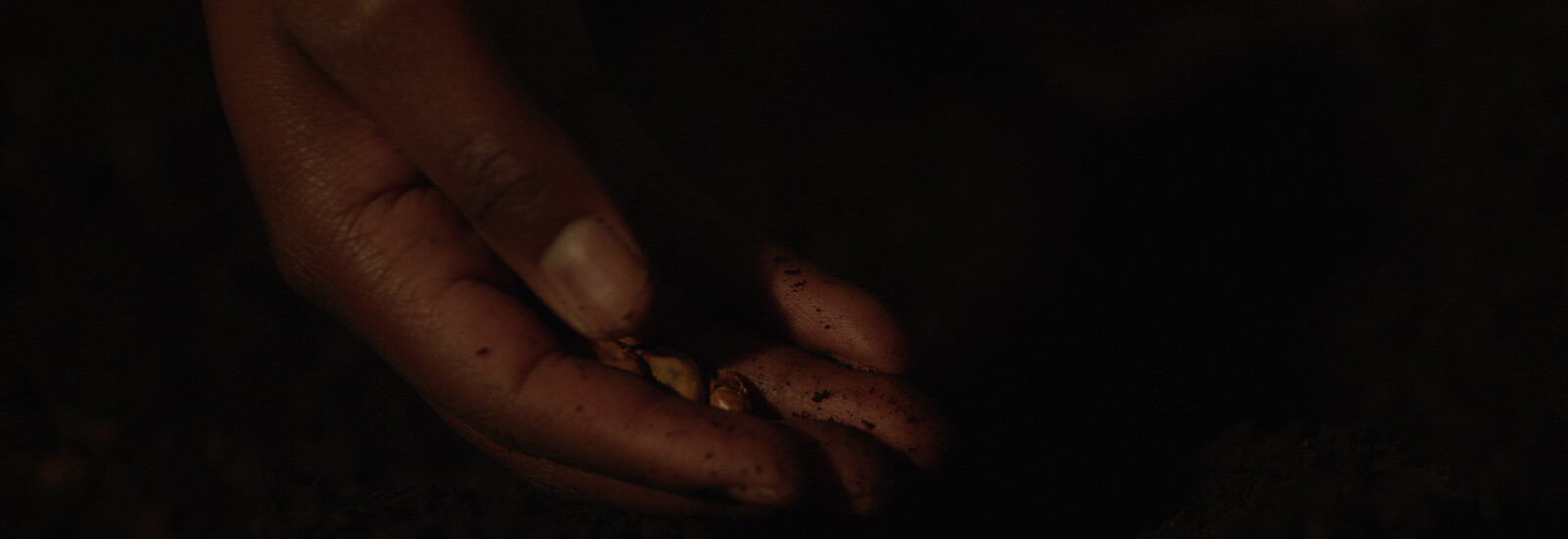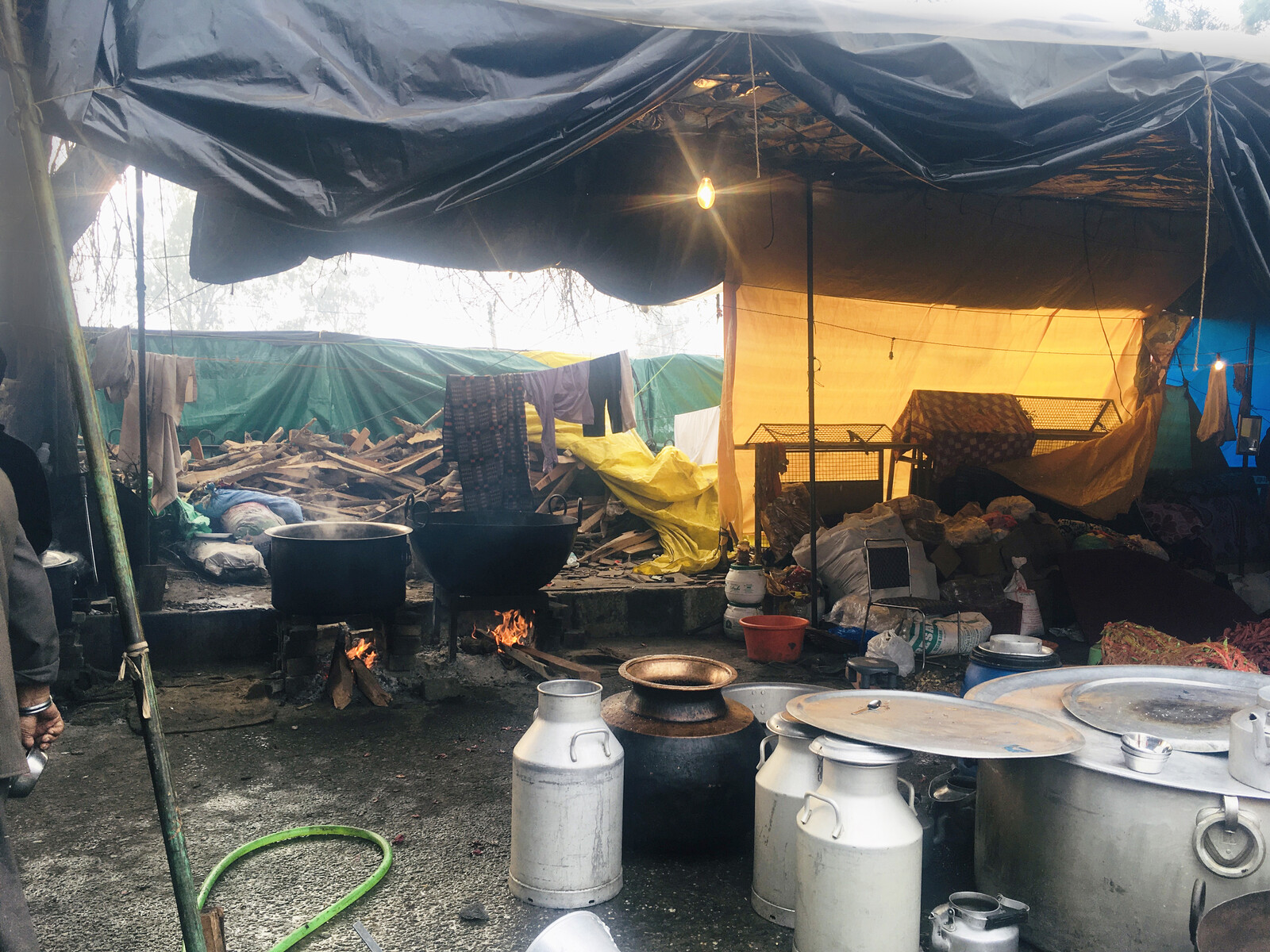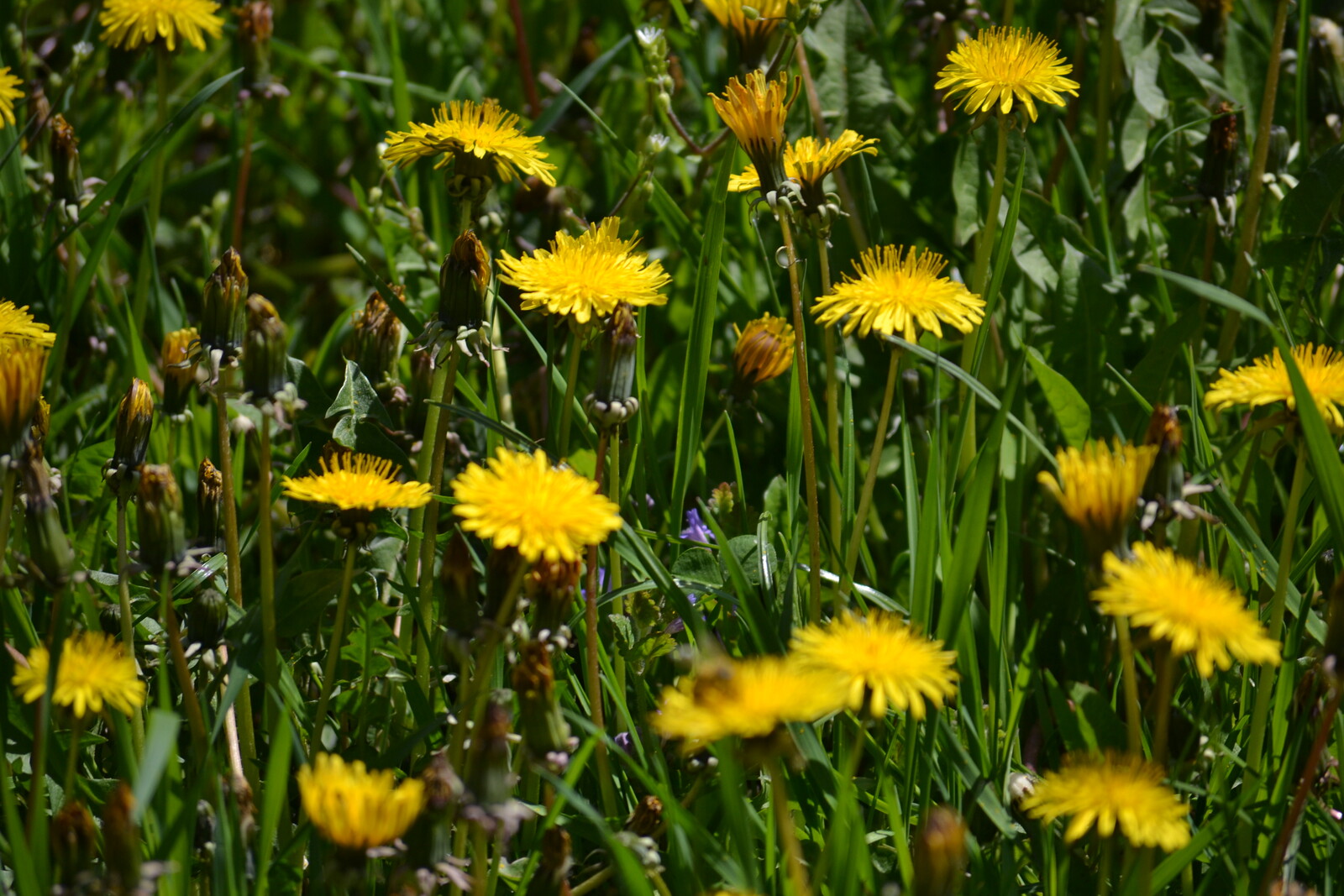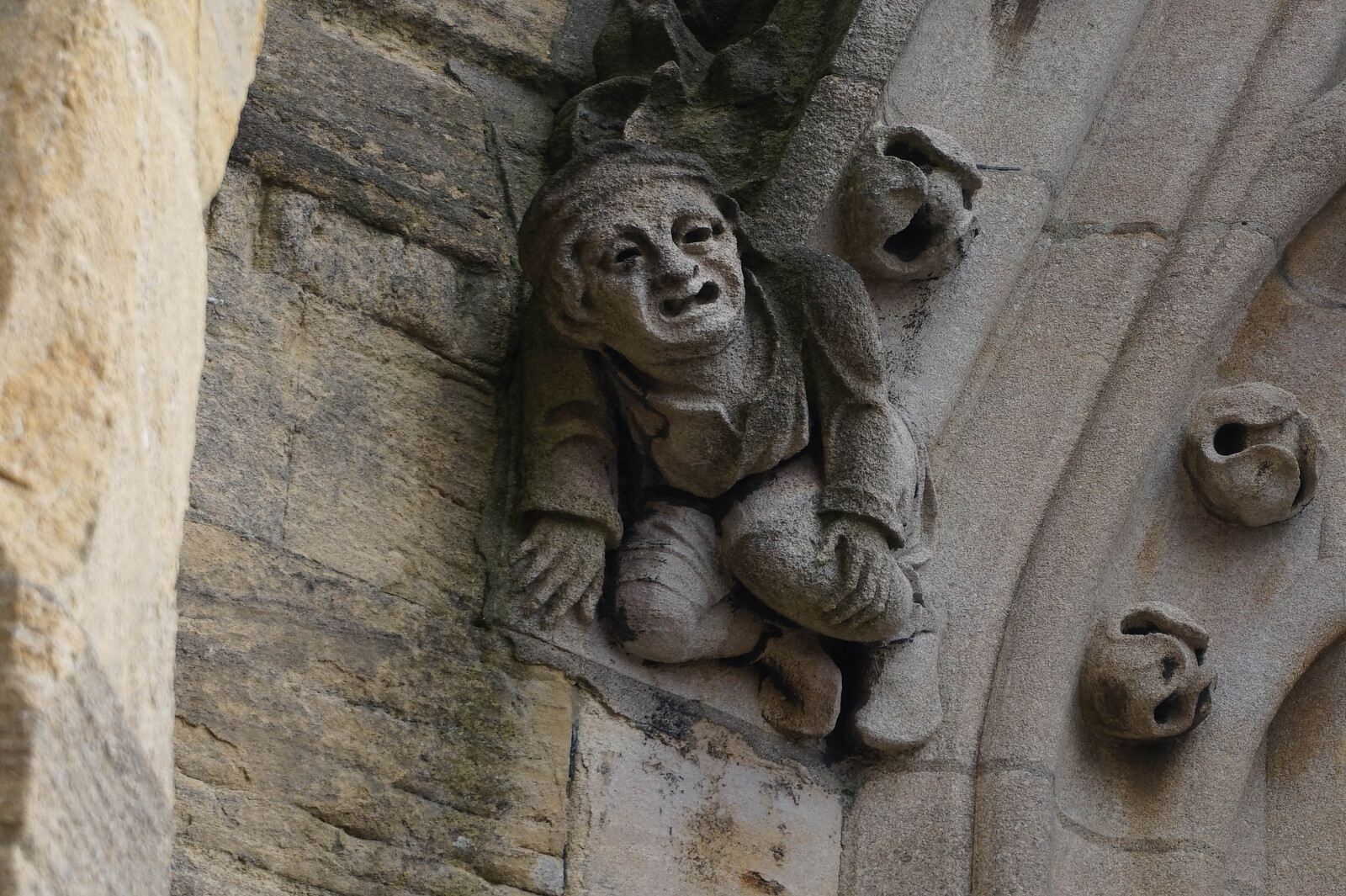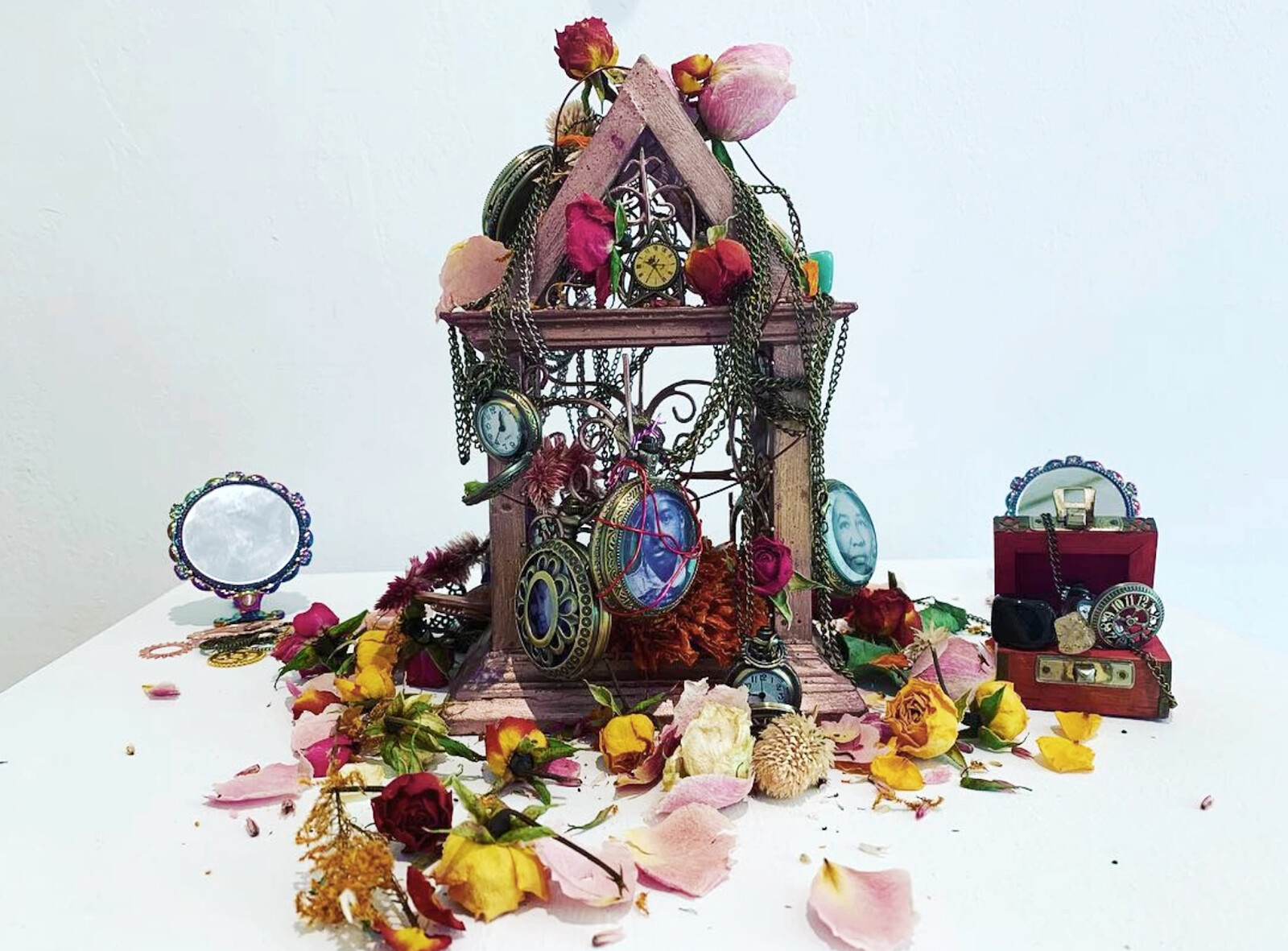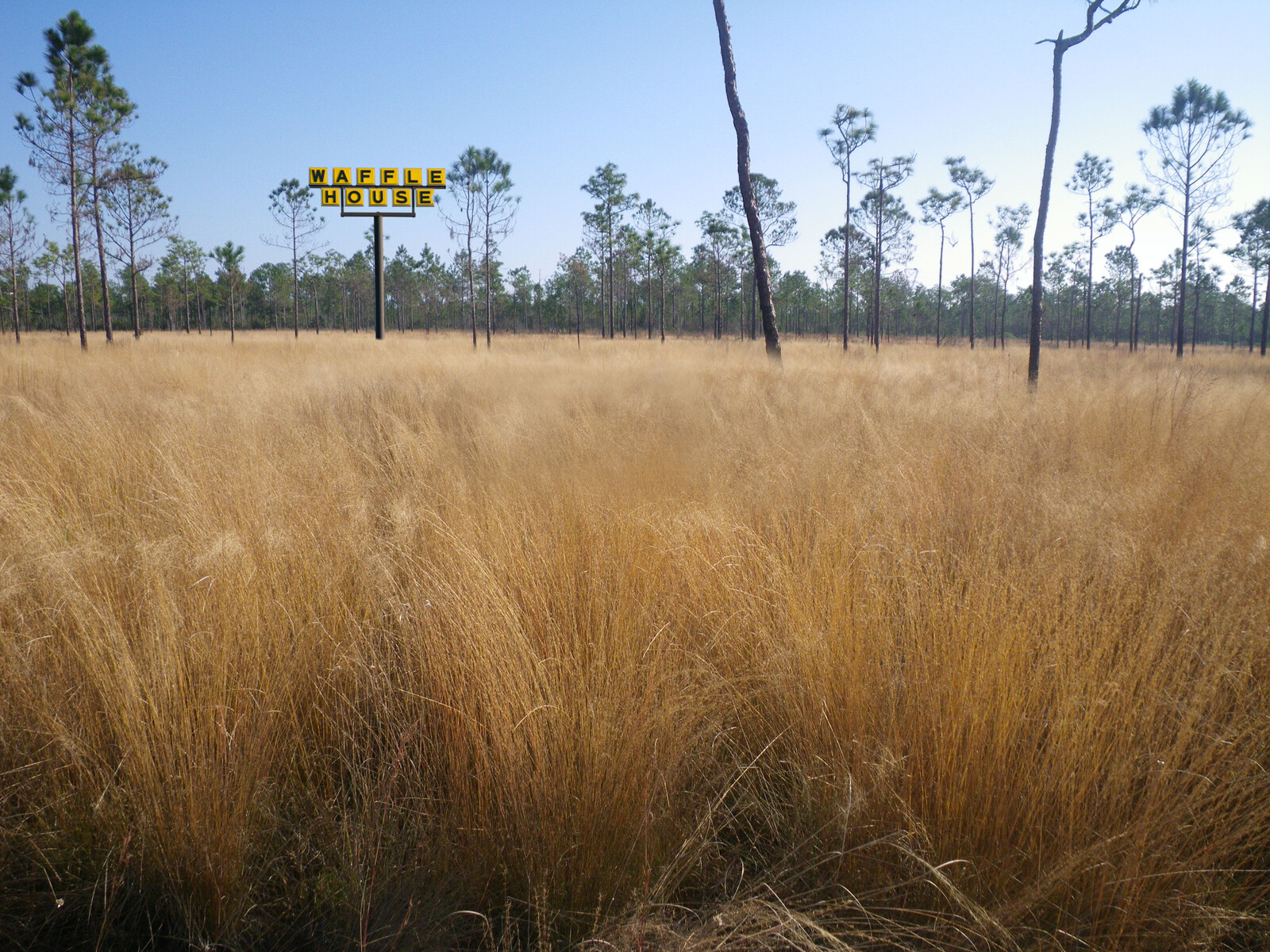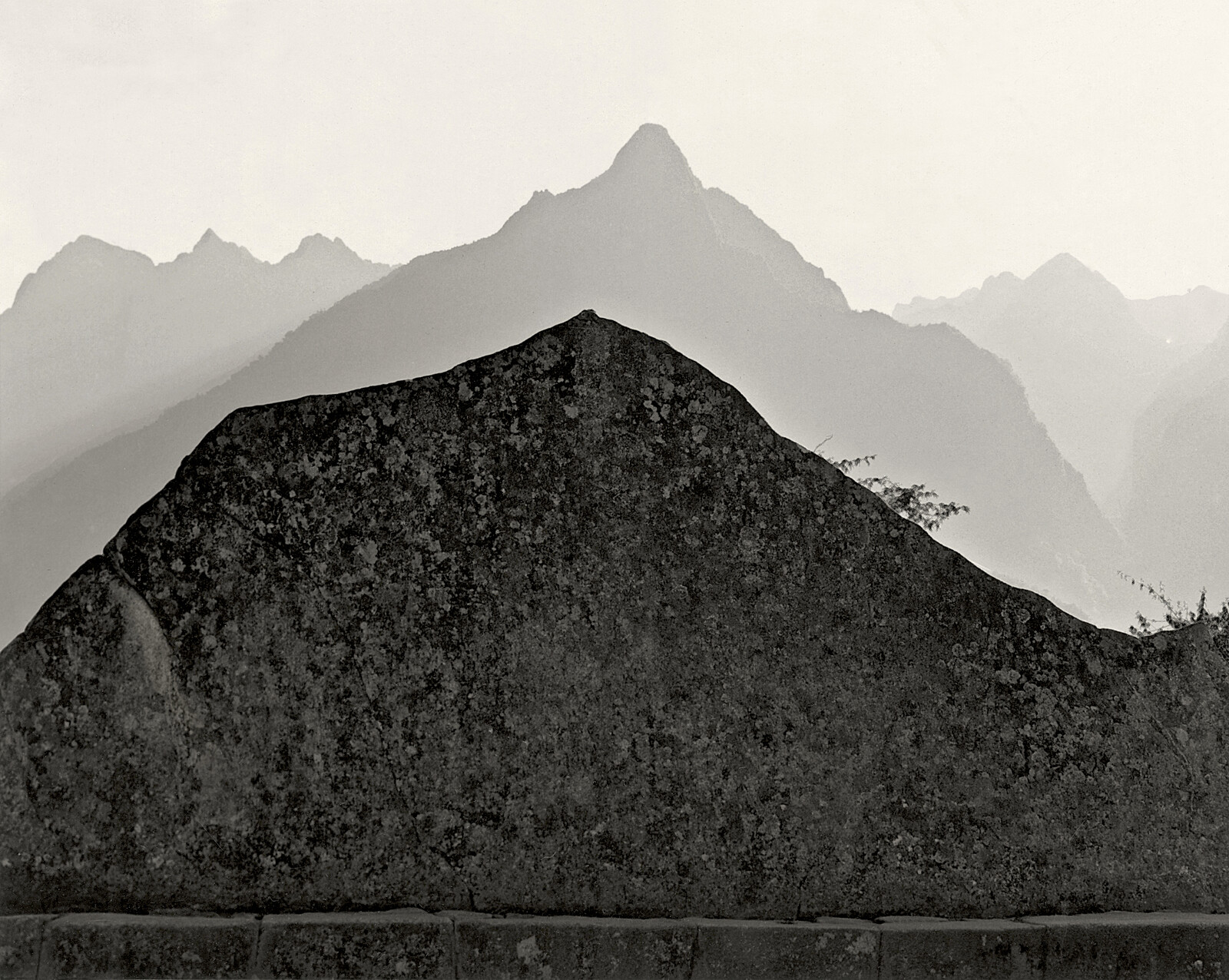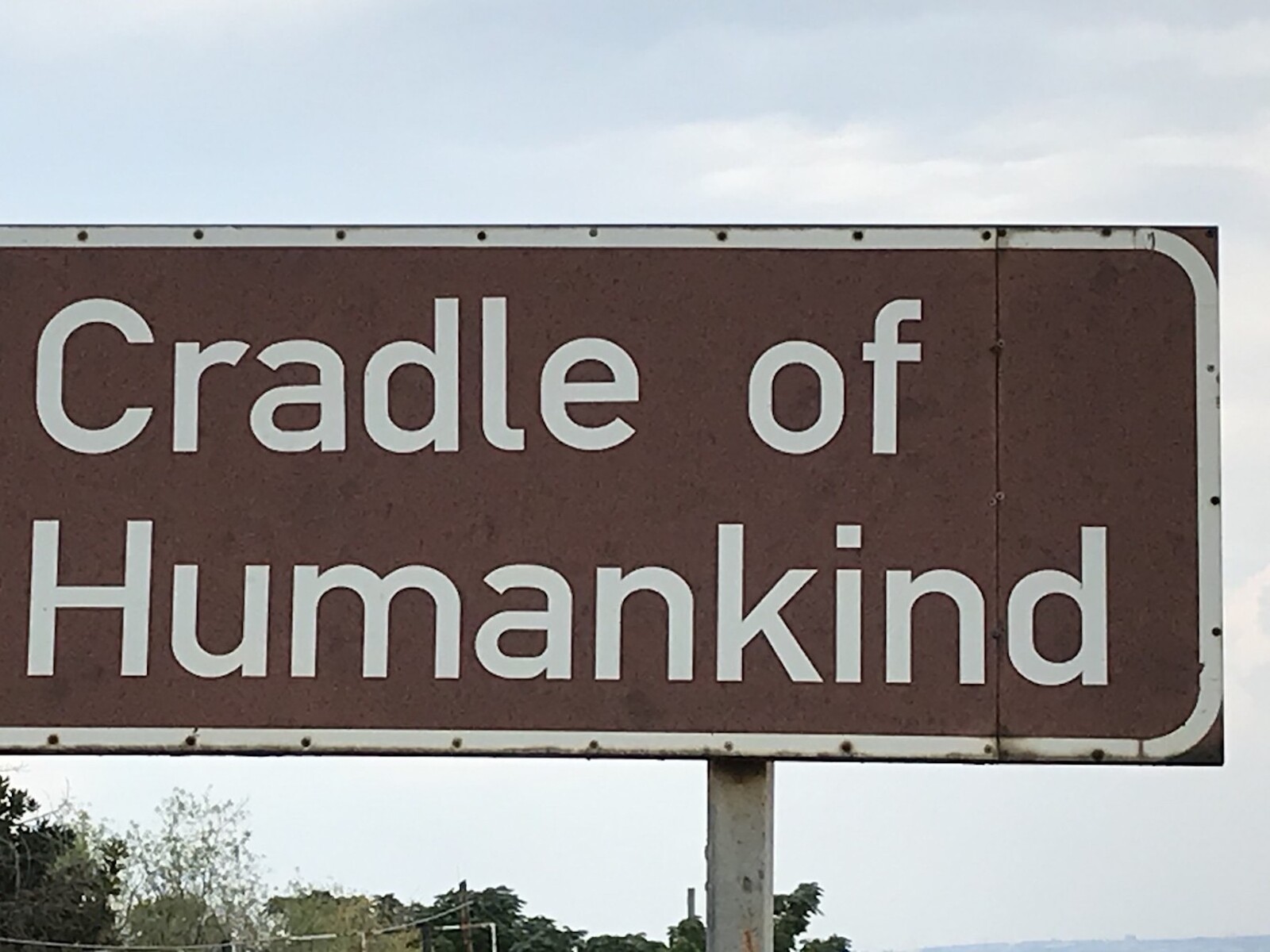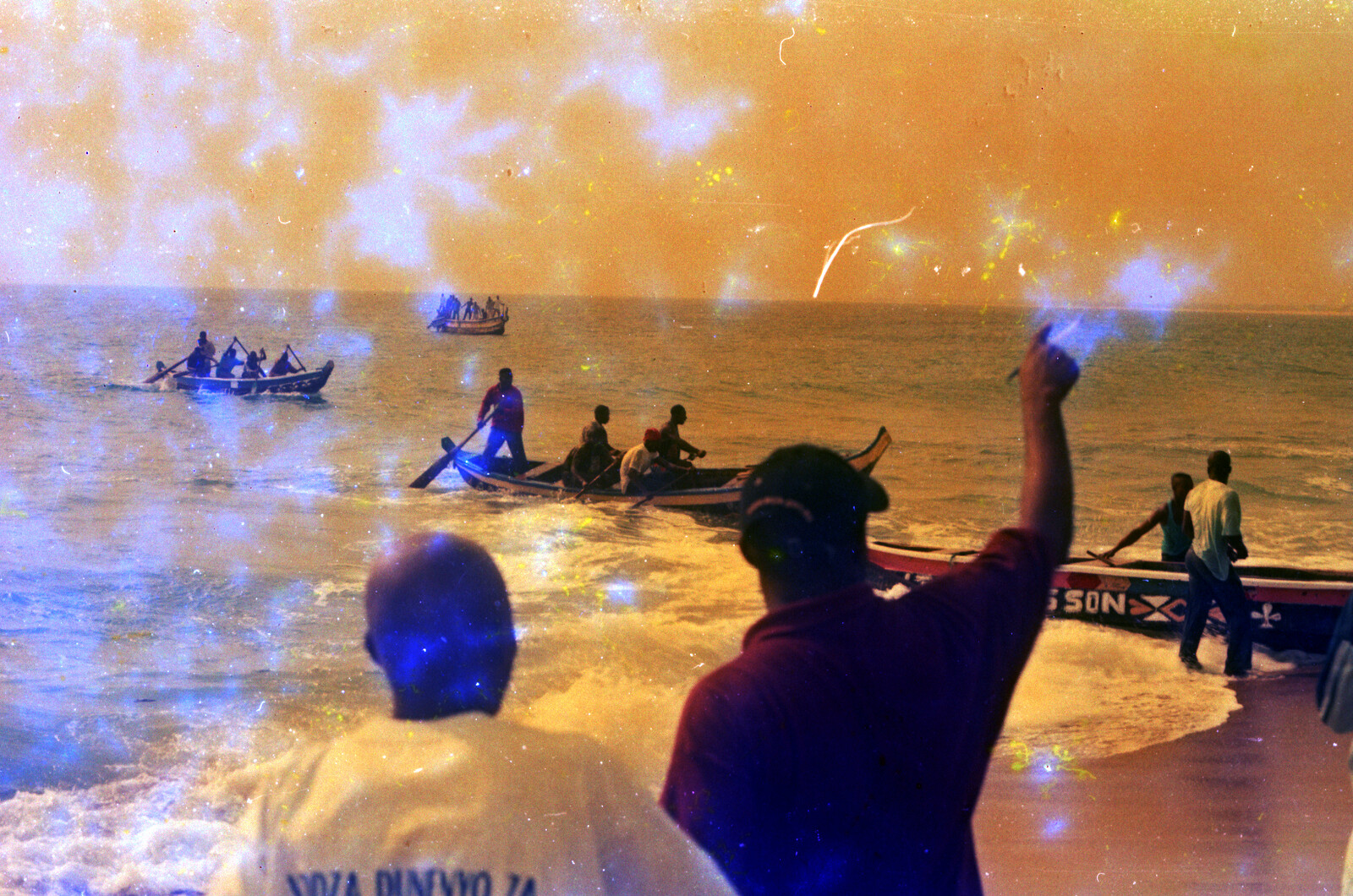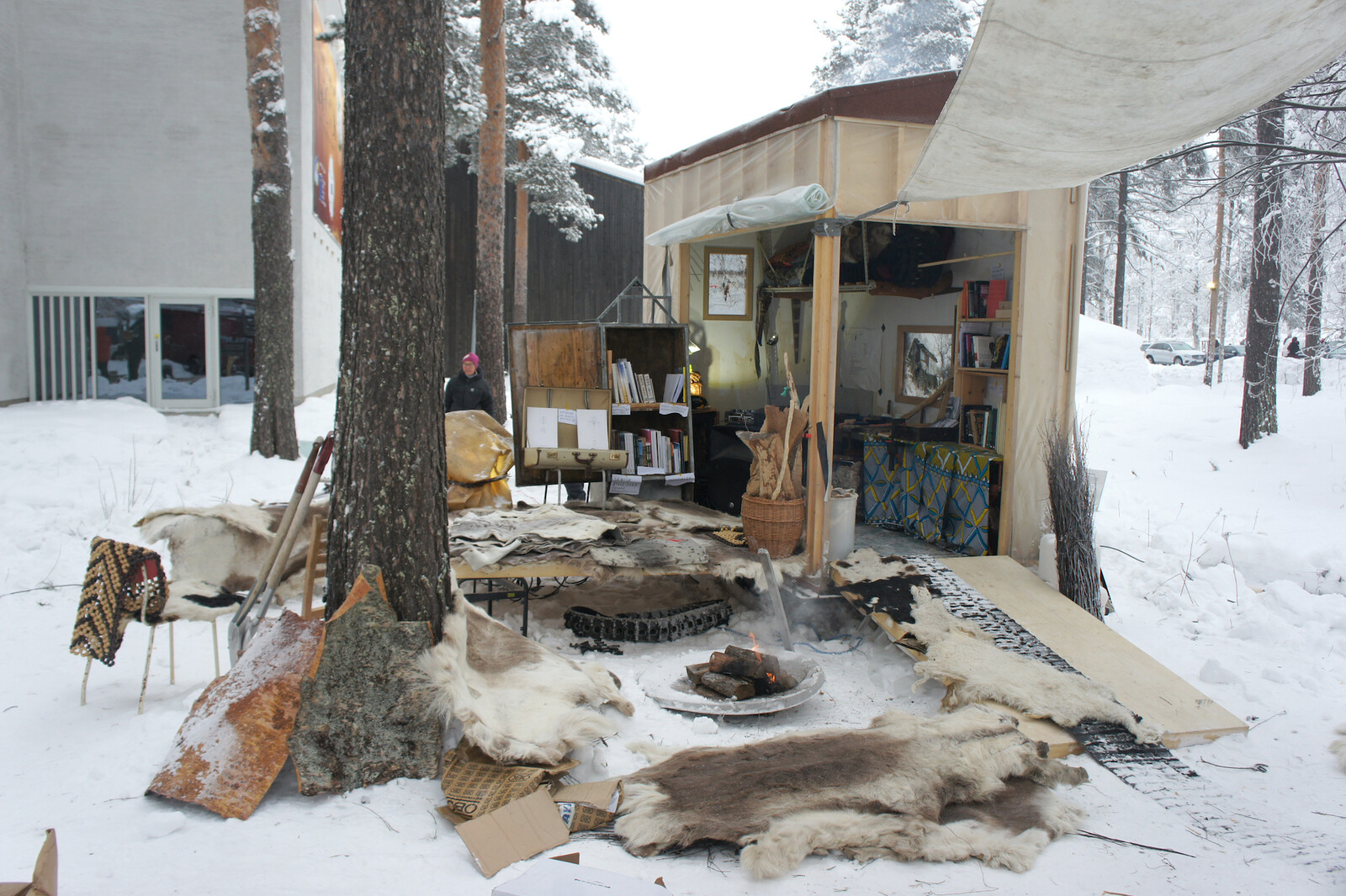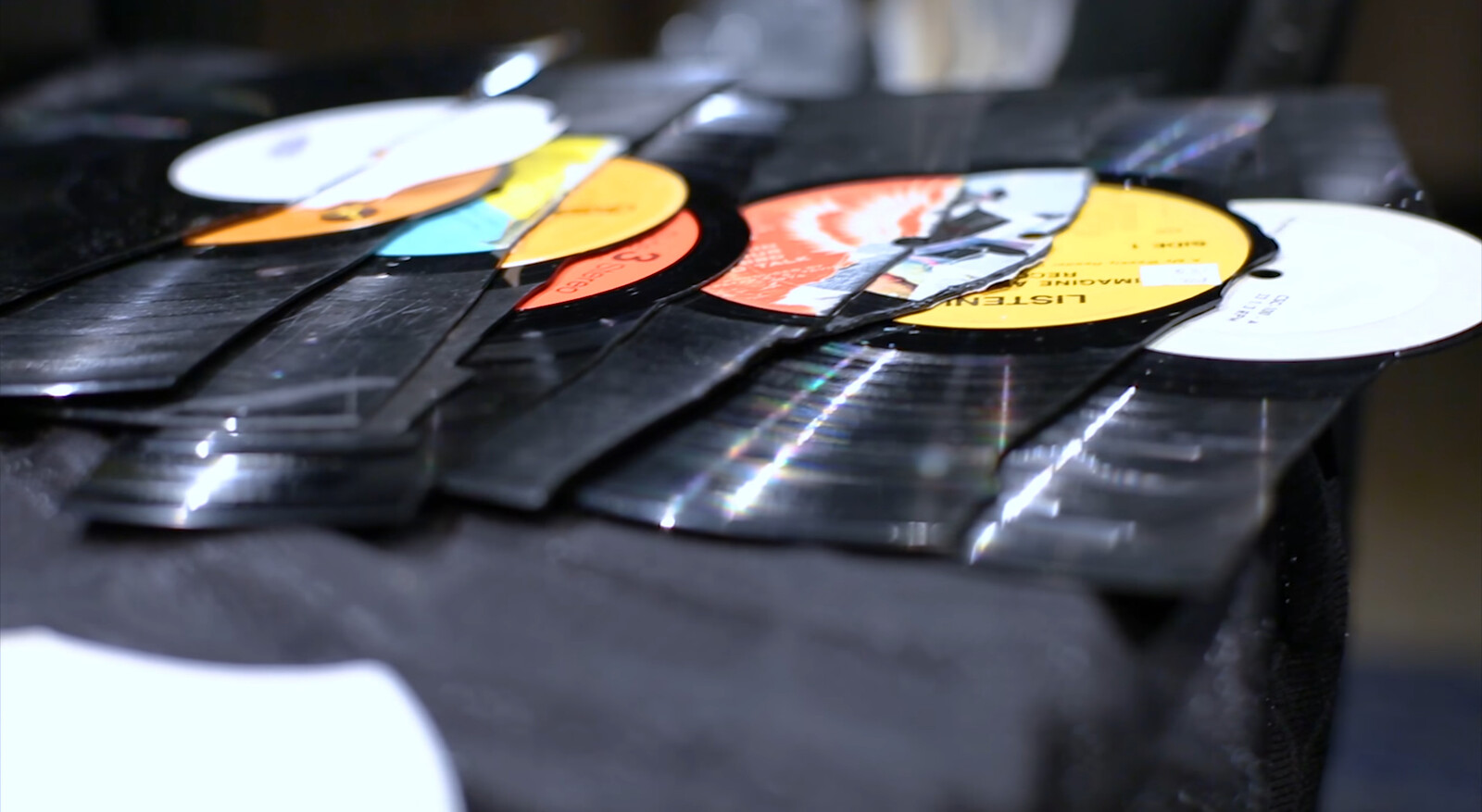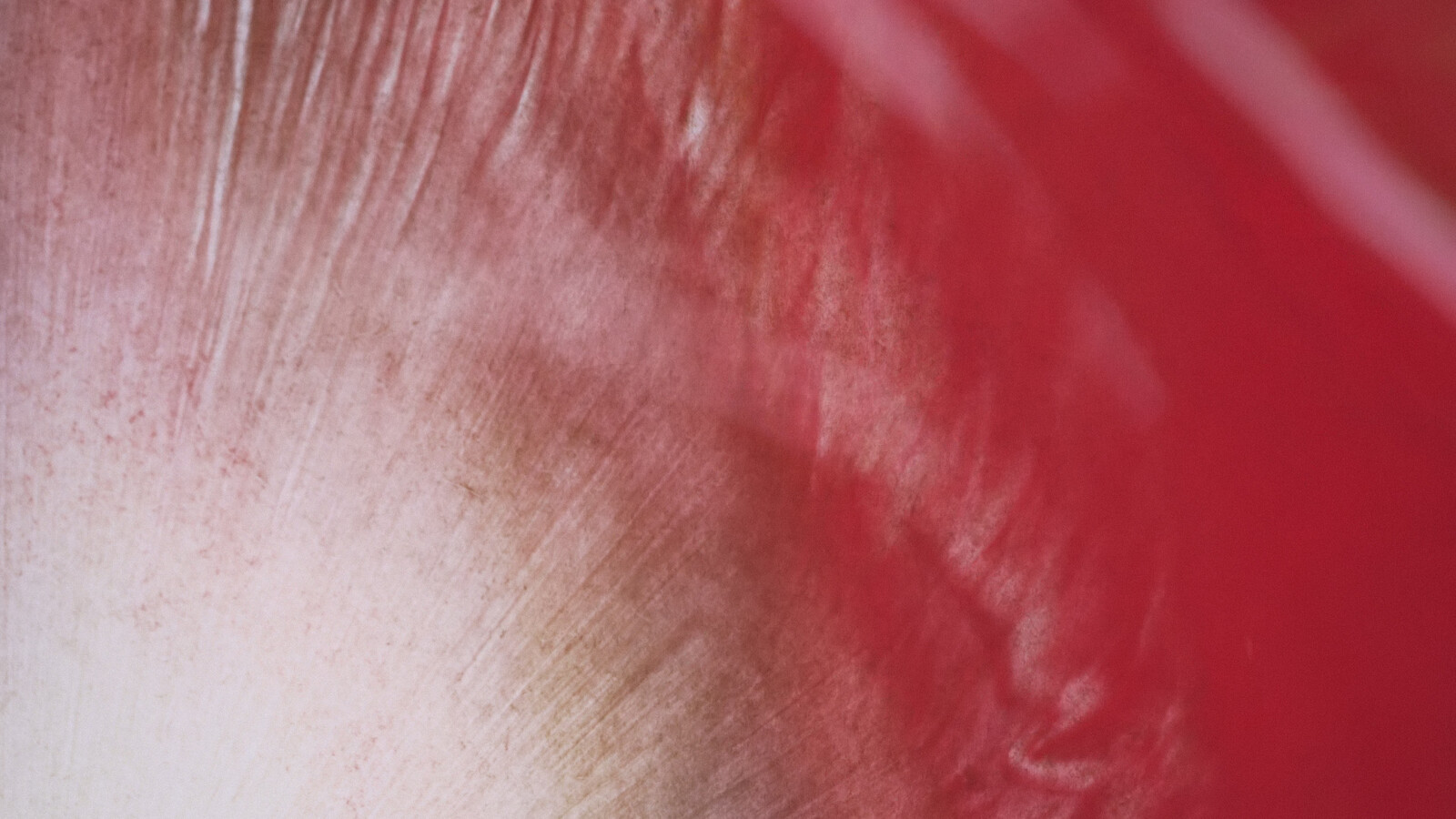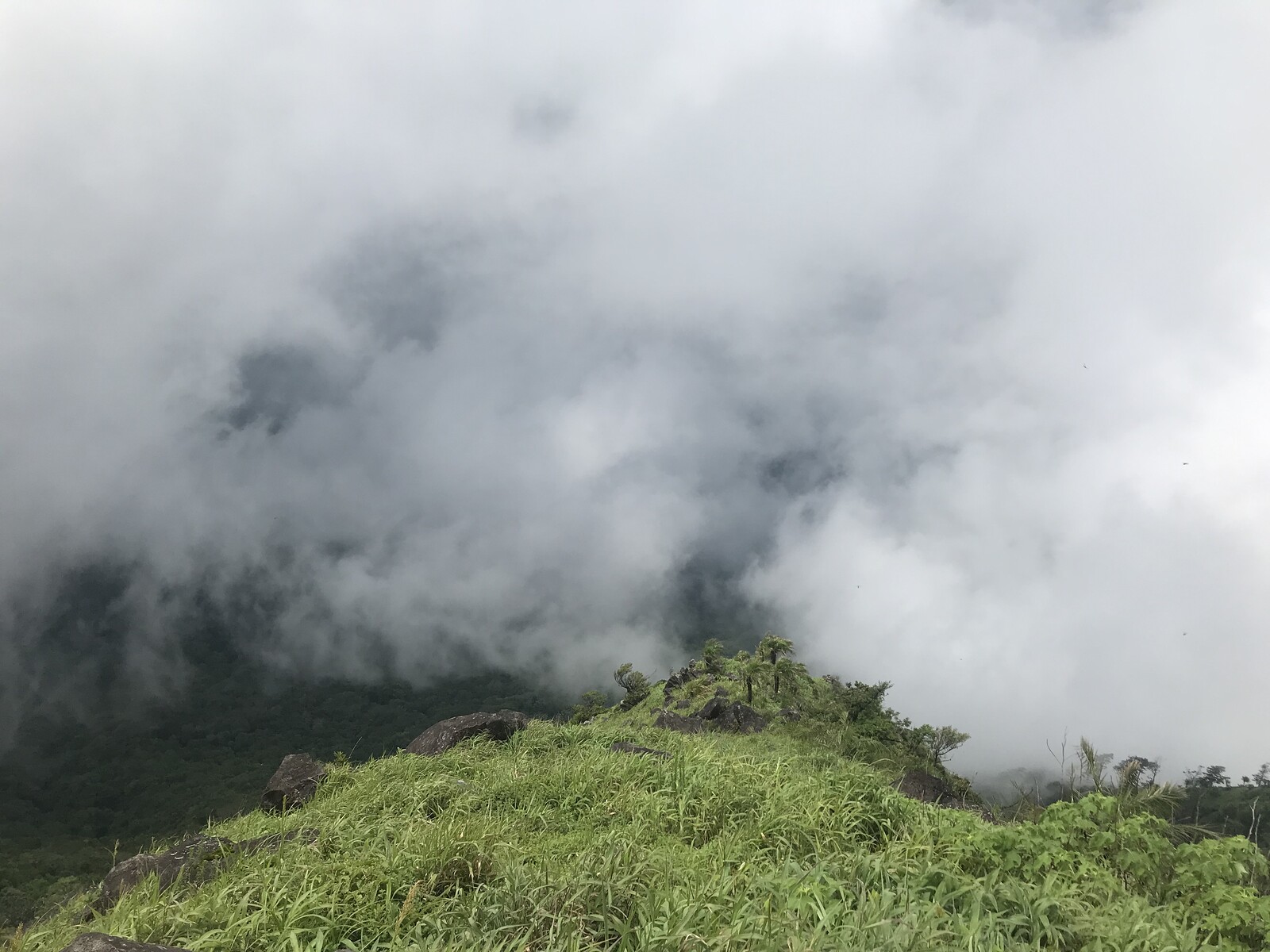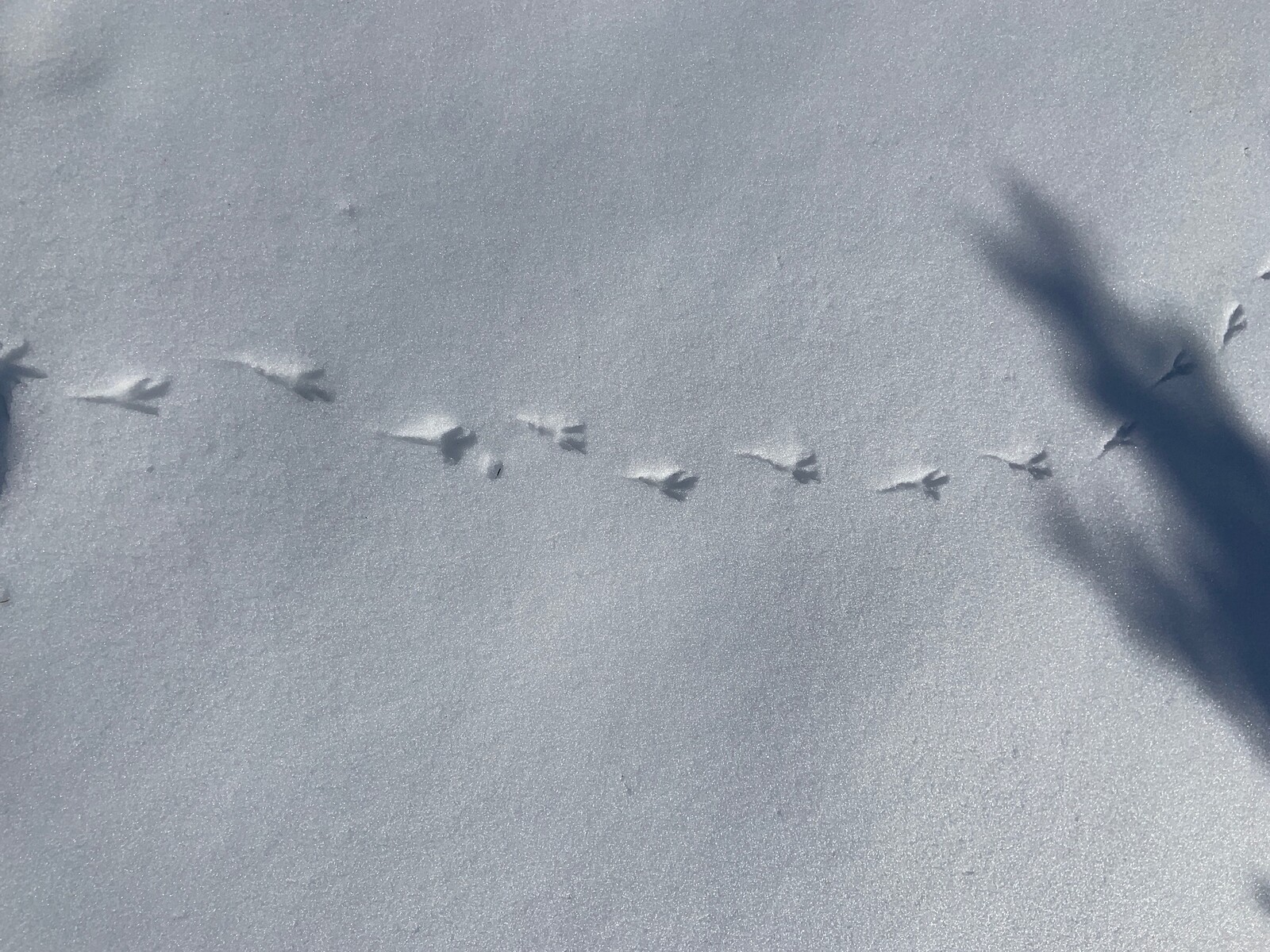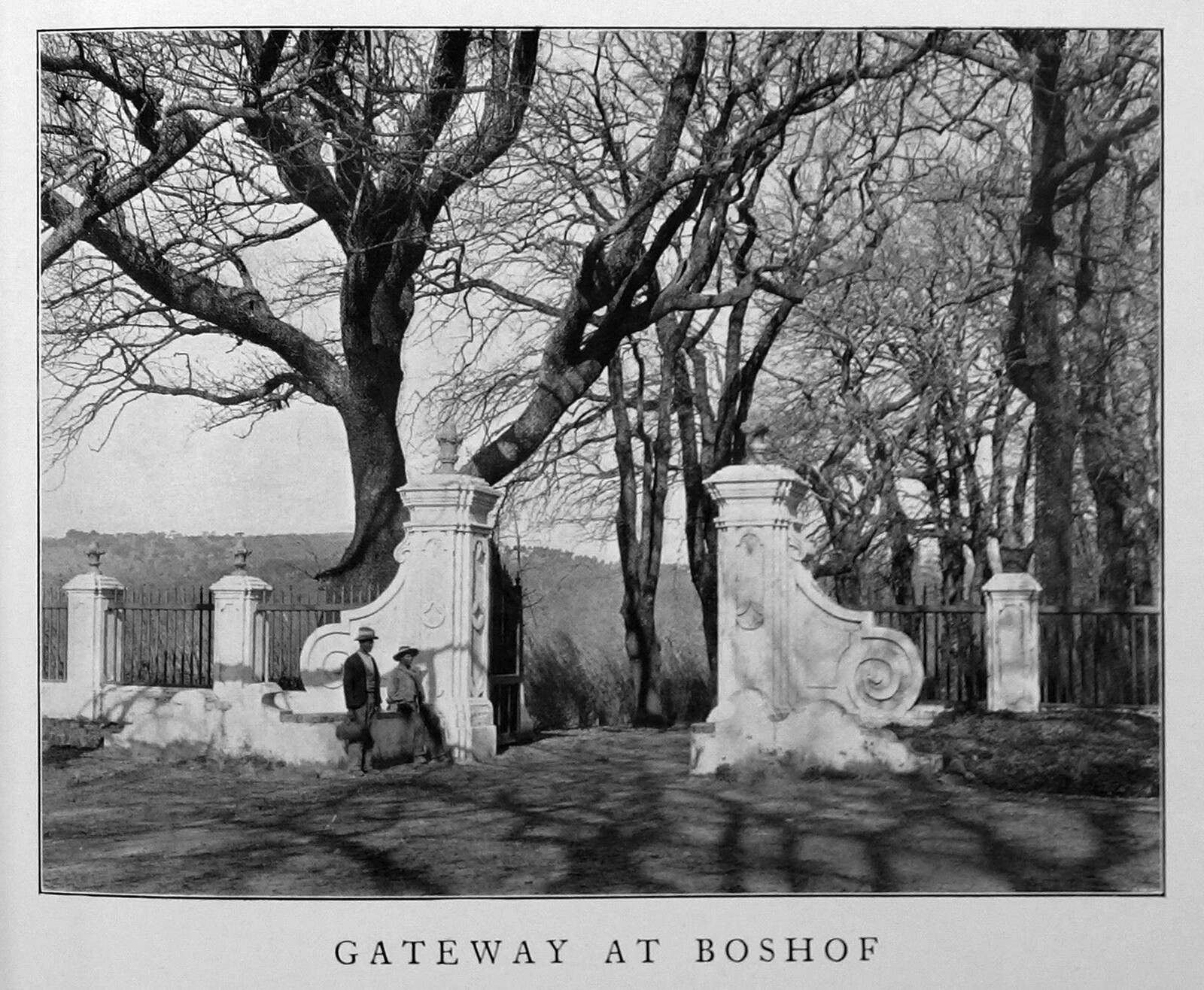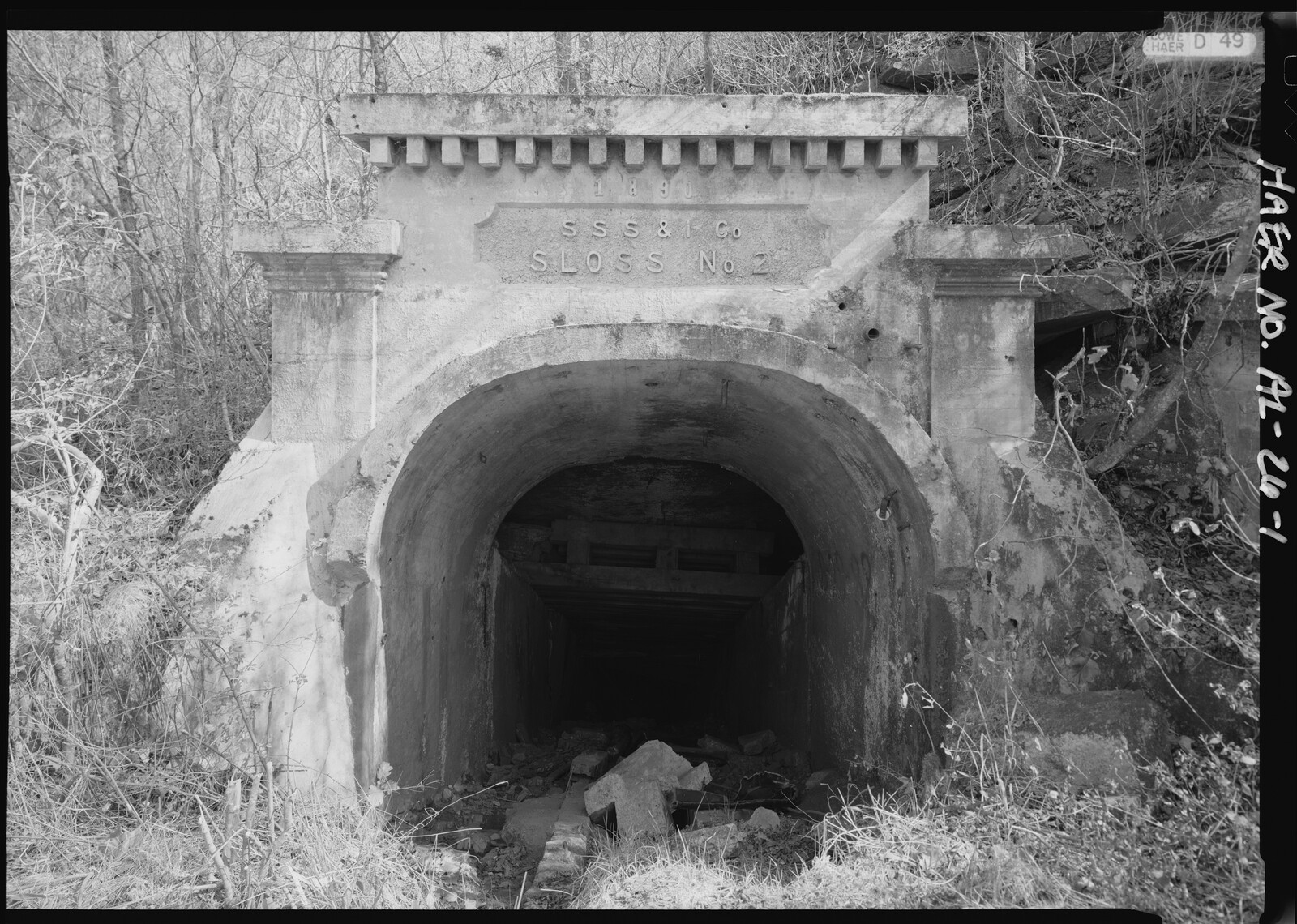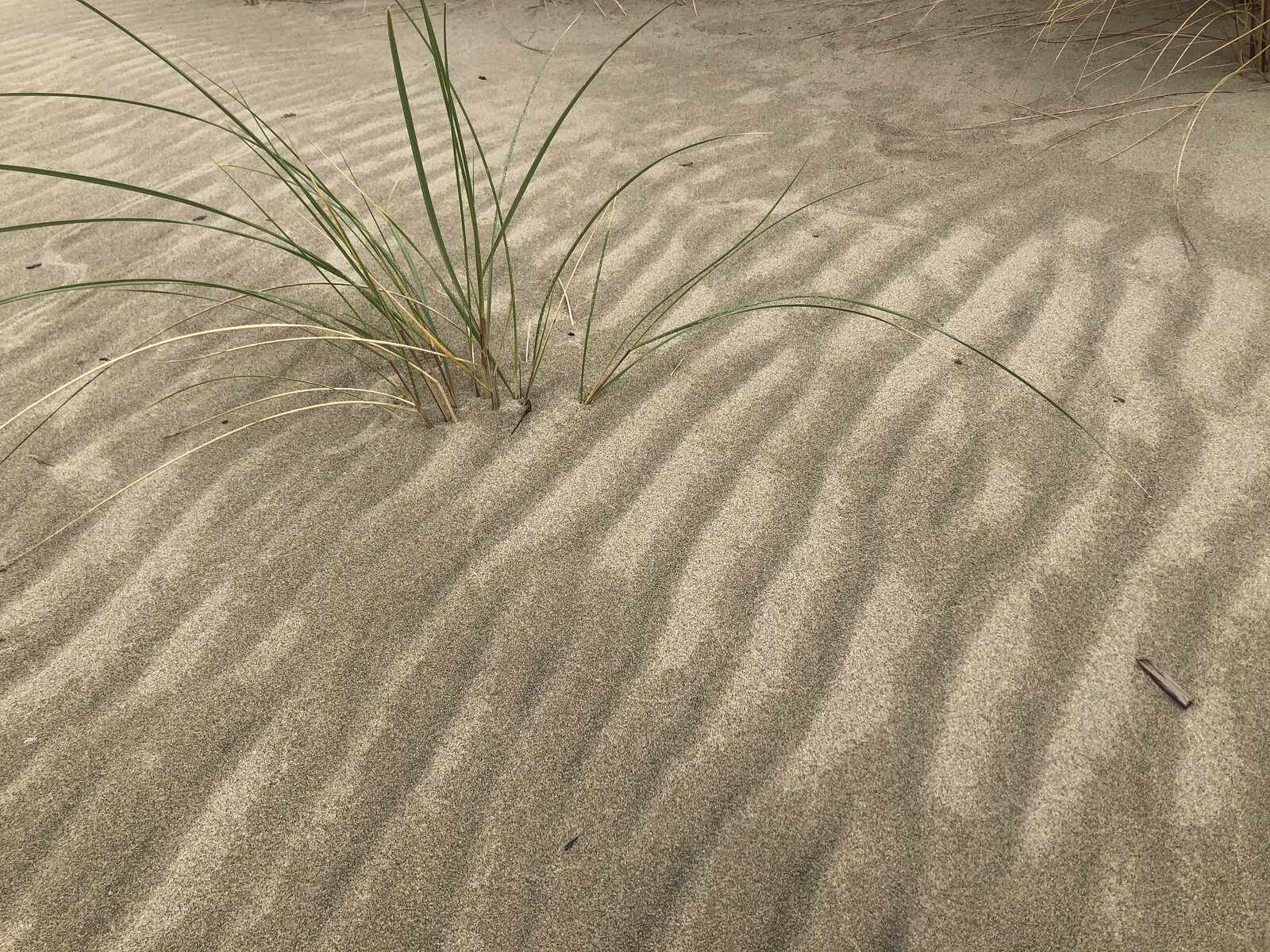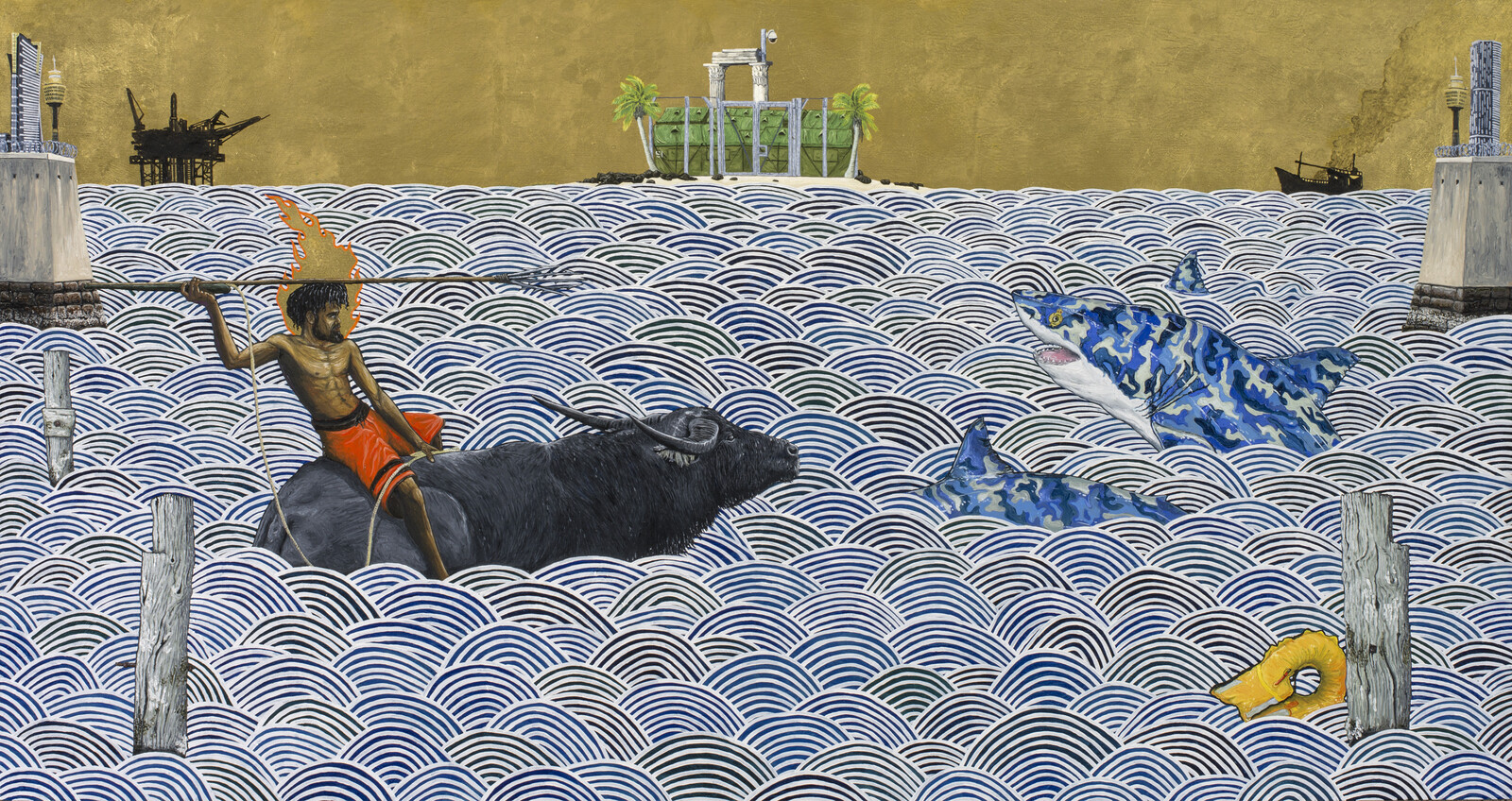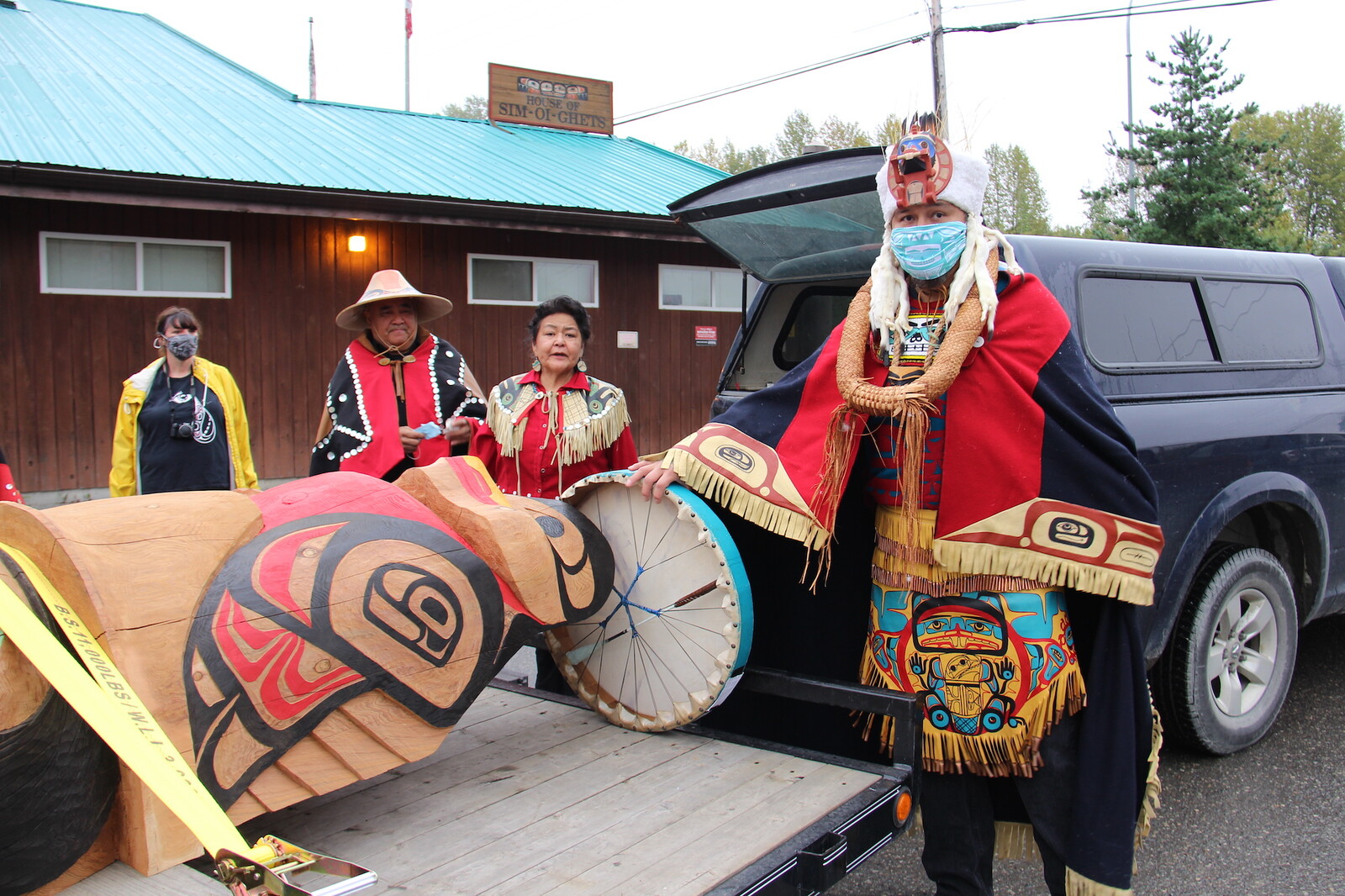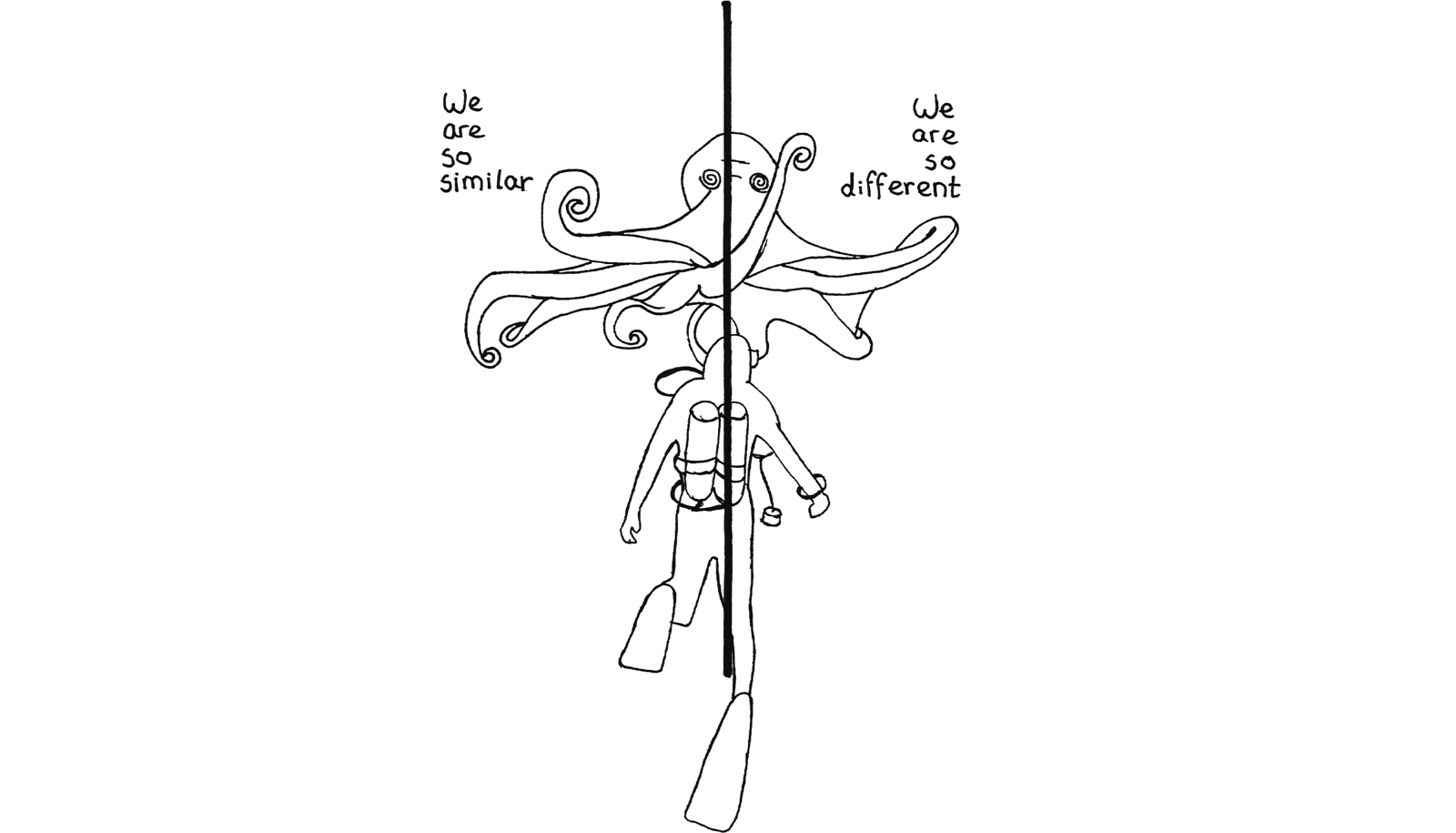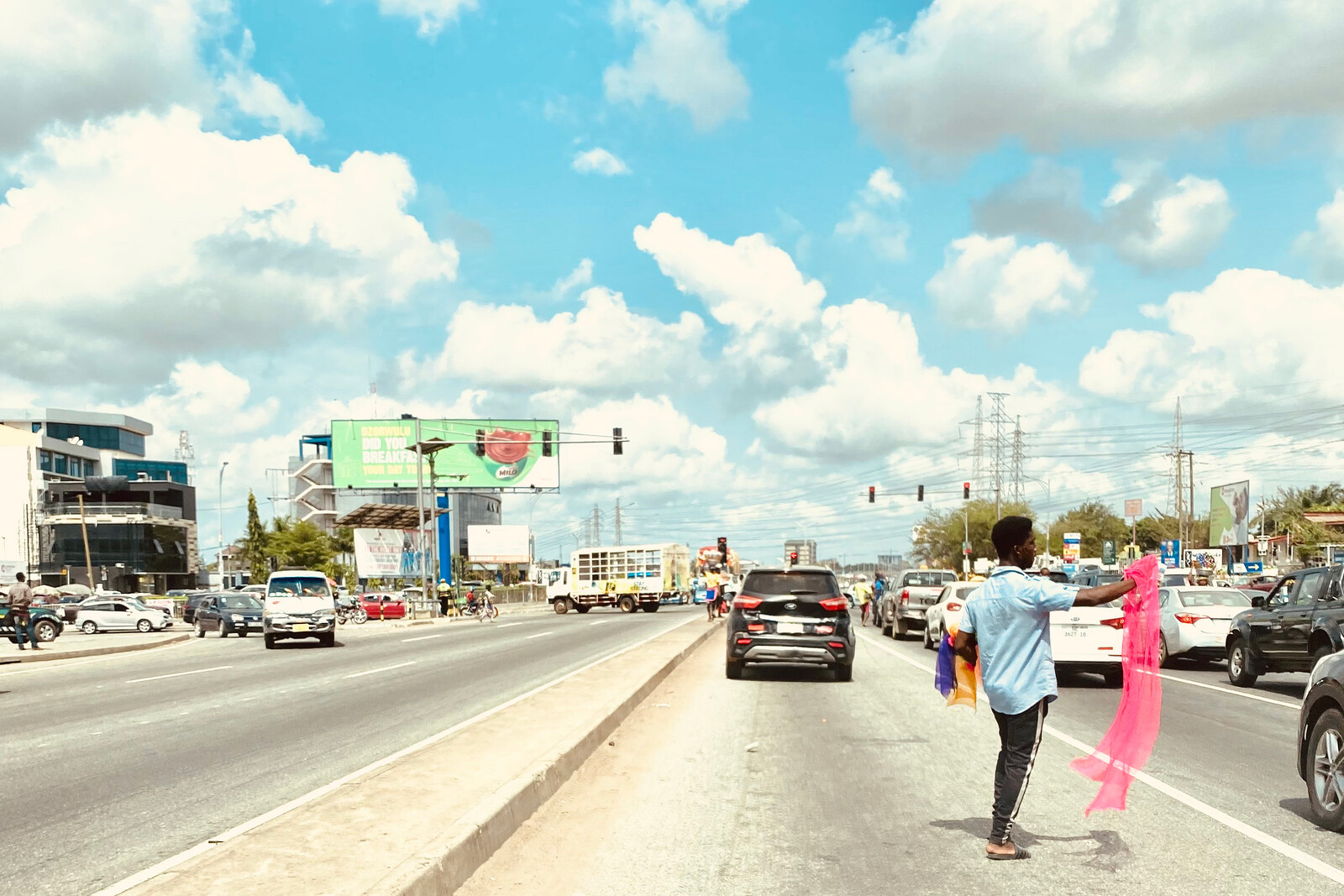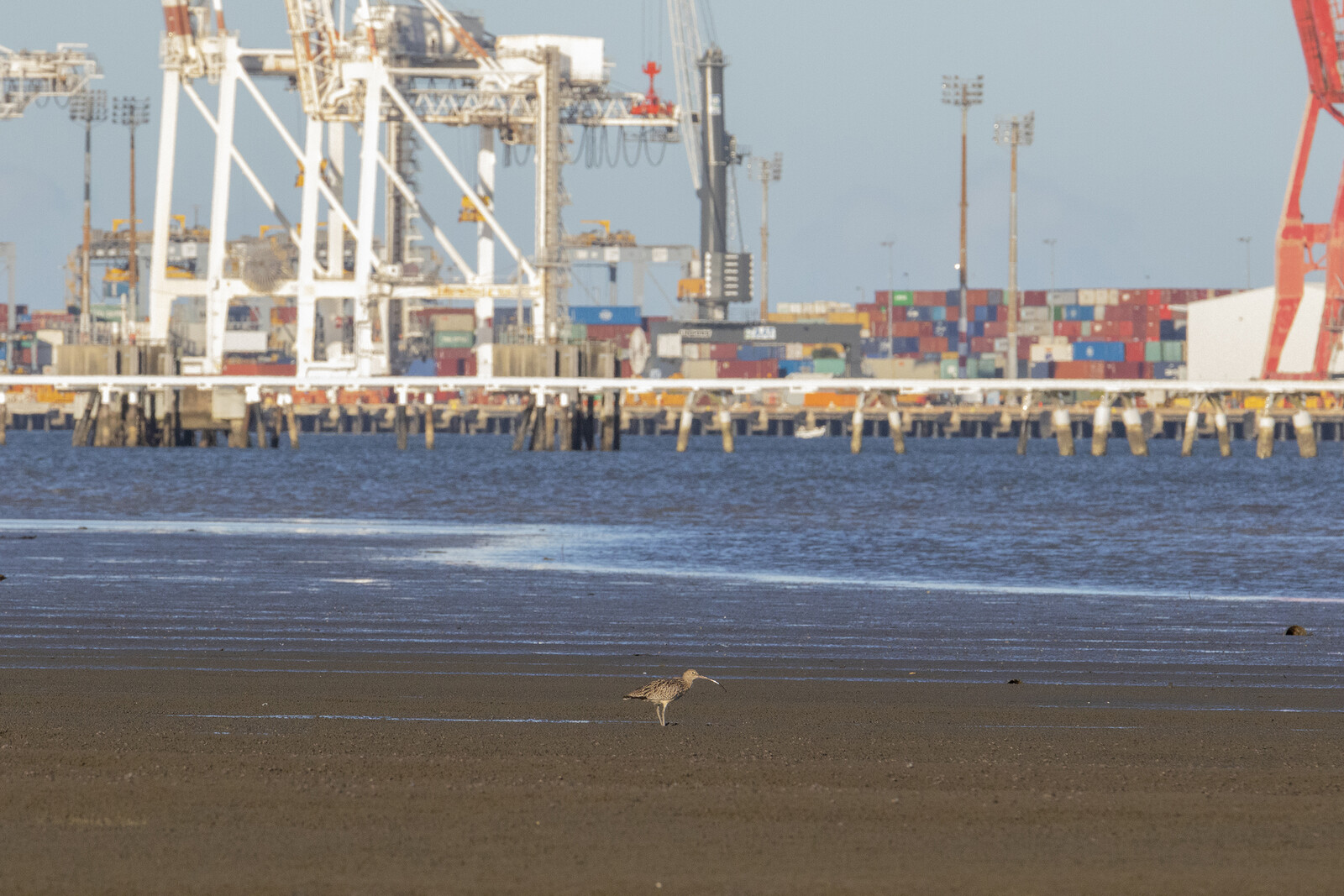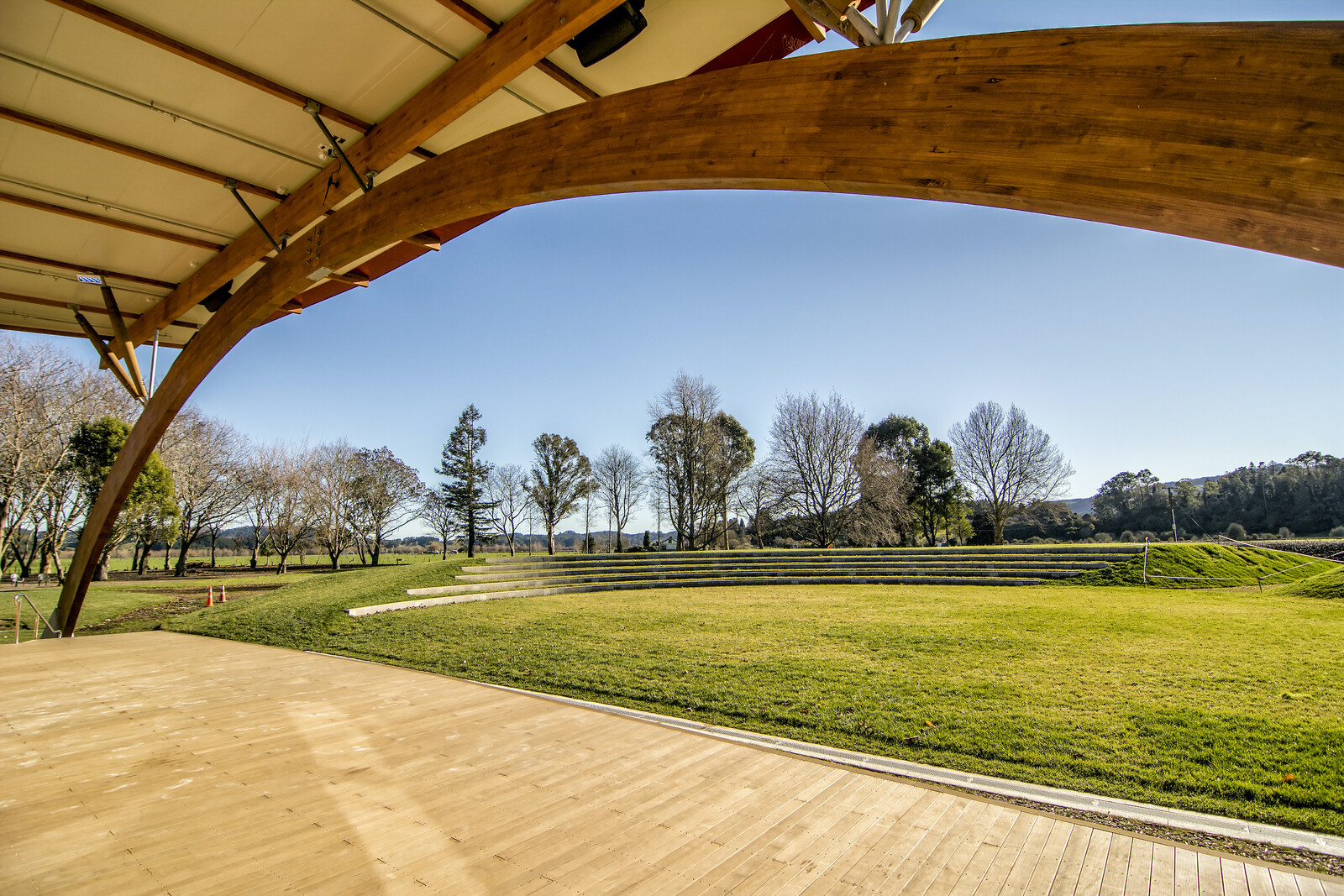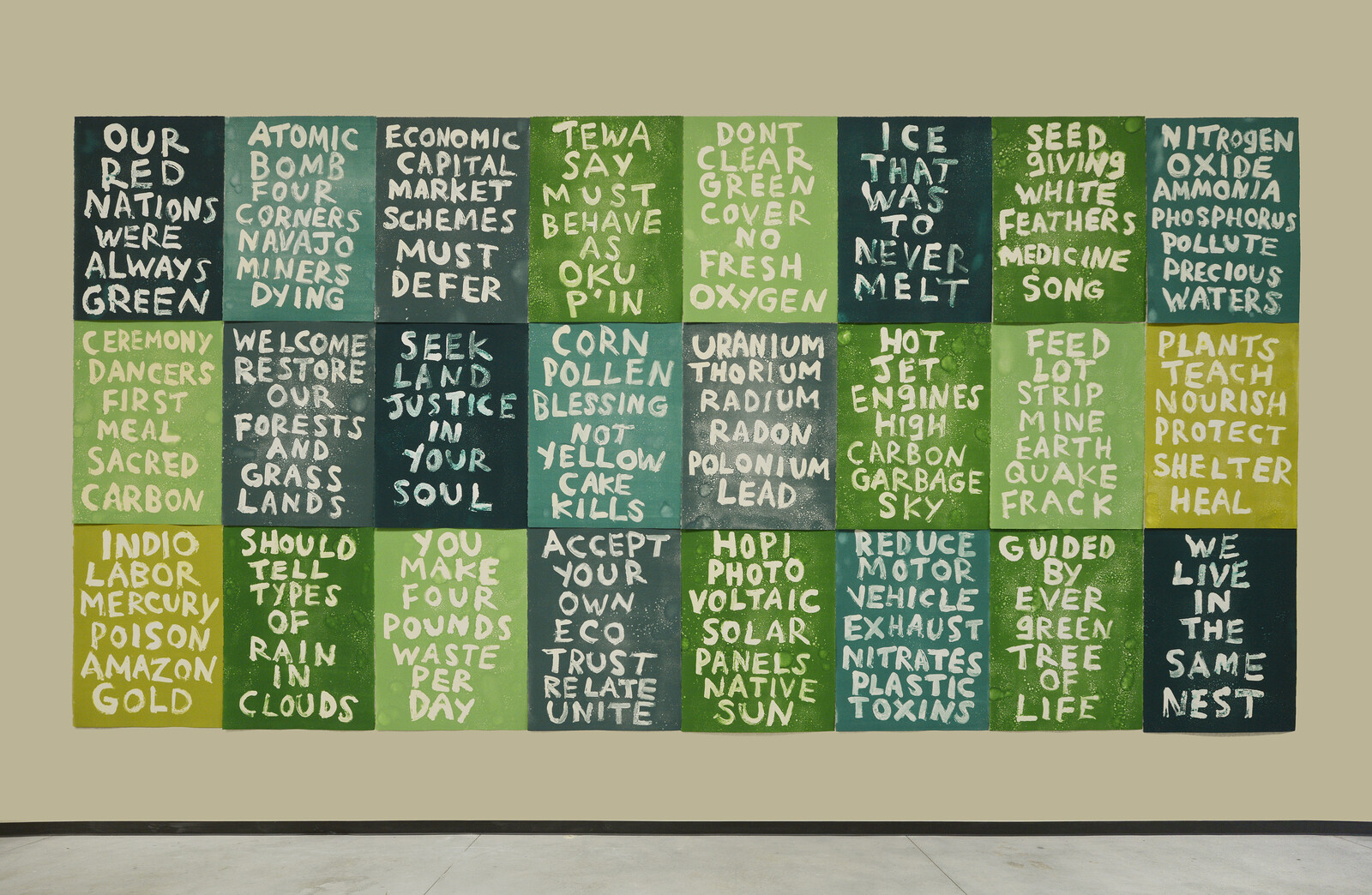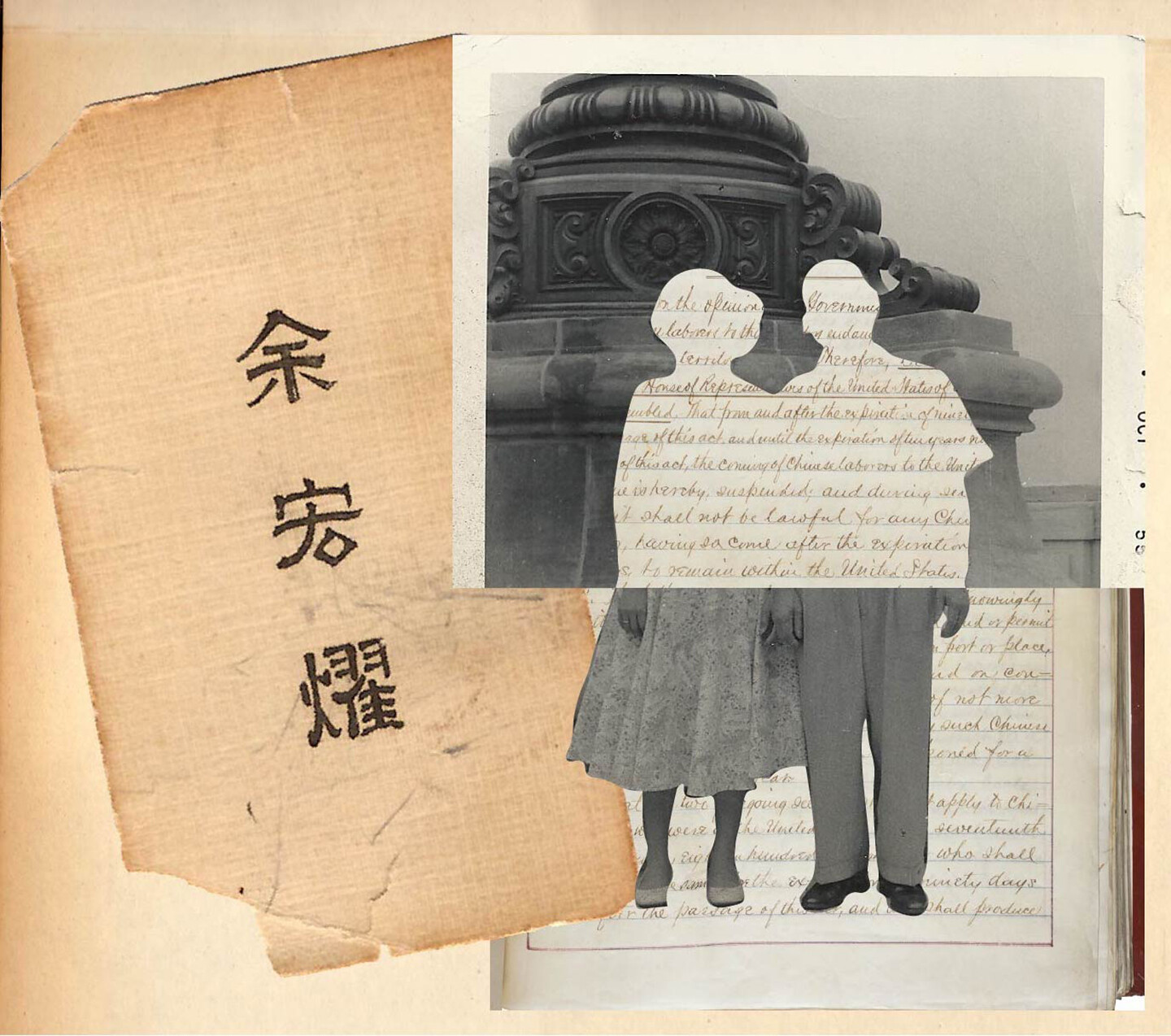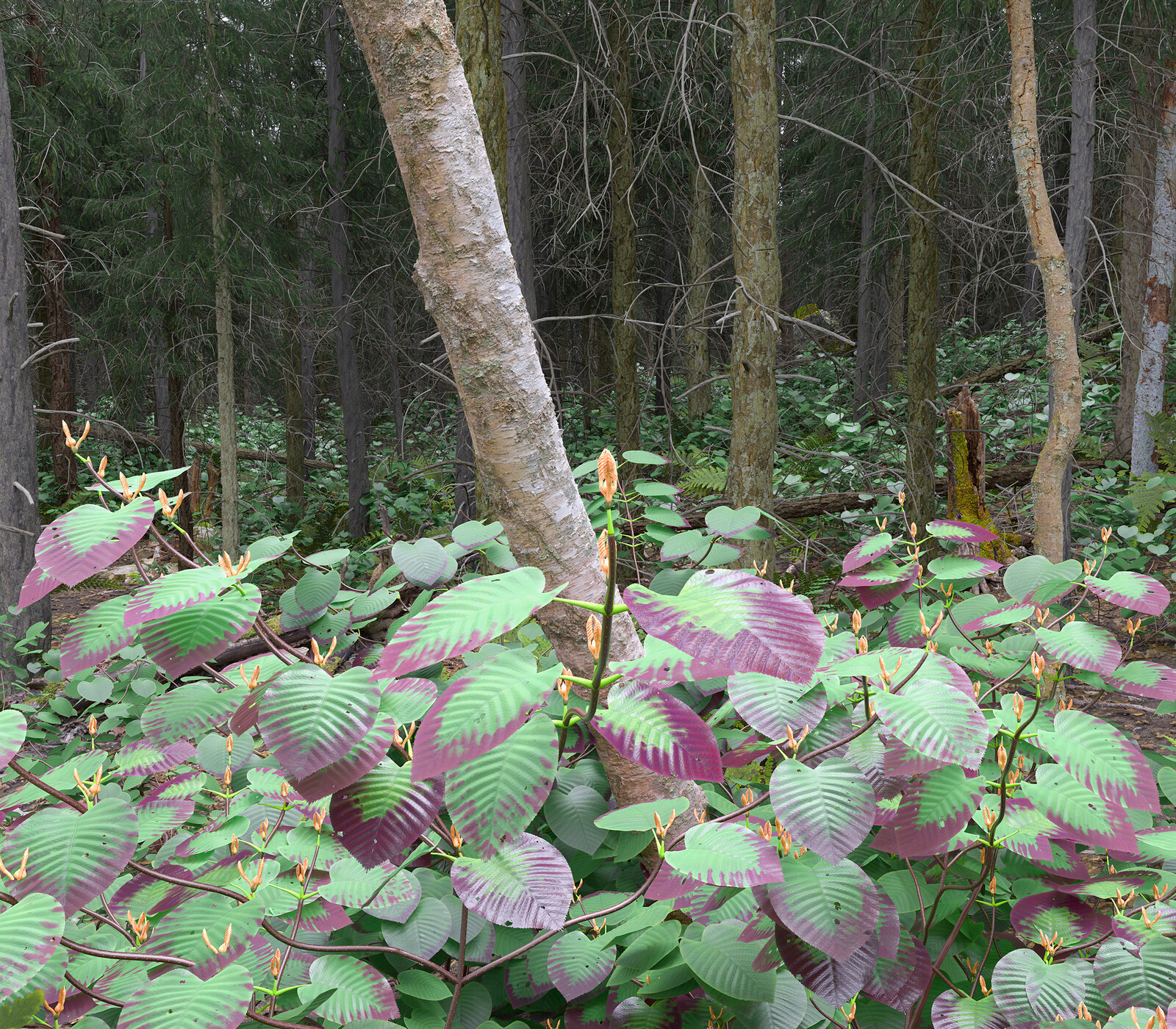Lubumbashi, a market
Seforah is sent by her mother to Marche Kenya1 to purchase sombe2 and ngai ngai3 seeds along with bitoyo4 and kabambale.5 Tantine6 Blandine who left Kinshasa for South Africa eight years ago misses the sombe from Lubumbashi, her home. Ya7 Patrick is driving to South Africa in a week’s time with two others, and he’ll have enough space in his pickup truck to take their parcel to Tantine Blandine. She and her family recently moved into a house with some garden space mu Joburg.8 She’ll be able to grow her own sombe, along with some ngai ngai. She can also plant matembele from the stems of the plants she buys mu Suid.9 It will be some time before Tantine Blandine’s sombe grows, so Seforah is also given the task to buy a bag of fresh sombe, which she is to prepare and dry for the journey to South Africa. She makes her way to Marche Kenya with Mama Brigette’s stall in mind:
What are the lengths, times, and efforts that we go through in order to retain, or keep these things; to bring them with us and to us?
300 meters to the street; 10 minute wait; hail the moto,10 towards Marche Kenya, 6.2 kilometers away, 20 minute ride, enter Marche Kenya, search for seeds, purchase, search for samaki,11 purchase, carry, walk, towards Mama Brigette, purchase 3 kilograms of cassava leaves, carry, walk, towards the motos, return, 6.2 kilometers back, 20 minute ride, home…
What are the lengths, times, and efforts that we go through in order to retain, or keep these things; to bring them with us and to us?
13.7 kilometers; 1 hour, 50 minutes; 5 kilograms.
Ya Patrick is to come to their home four afternoons later. She must prepare the sombe for the three-day long trip. Walking into their yard, she thinks back to how the moto hardly helps on days when she has a lot to carry, but one has to manage. “Lazima ushughulike nayo.”12 She continues to unpack, making sure to separate the food items that will remain with them and those that will depart with Ya Patrick. She takes all the plastic bags left empty from the things that will remain, and repacks the kabambale, bitoyo, and seeds in separate plastic bags. These are then placed within other plastic bags a few times over. Last to be prepared are the fresh sombe leaves.
5 meters; 30 minutes; 6 kilograms.
15 meters; 98 hours; 9 kilograms.
wash, rinse, wash, rinse, wash rinse, dry, wait, watch, wait watch, wait, pack
15 meters; 98 hours; 9 kilograms.
Mozambique to South Africa, a kitchen
What are the lengths, times, and efforts that we go through in order to retain, or keep these things; to bring them with us and to us?
550 kilometers; 17 hours; 17 kilograms.
There’s a combi outside Pretoria street, headed to Mozambique. It makes its way there every Monday, leaving before dawn each time. It takes four hours to get to the border, the same to get back. What happens in between, only Mama Feka knows. This is the vehicle that collects her supply of cassava leaves. The man driving departs with a combi of people and returns with a group of different people, who have bags of cassava leaves interspersed between them.
550 kilometers; 17 hours; 17 kilograms.
By noon two days after, down Pretoria street at the cul-de-sac, you’ll find Mama Feka, ready to sell the cassava leaves, some of it already ground, some already washed, the rest she sells as she received it. She spends Tuesdays washing away the grains of sand, grinding and packing the cassava leaves.
17 meters; 6 hours; 21 kilograms.
remove, place, pour, wash, rinse, wash, rinse, pour, again, pack
remove, place, pour, wash, rinse, wash, rinse, pour, again, pack
13 meters; 4 hours; 5 kilograms.
Tantine Blandine buys her sombe solely from Mama Feka. She likes to buy a bag of unwashed and unground cassava so she can ensure that all the traces of sandy loamy soil, which tells its own tale of labor, distance, and remains, does not visit her dish. She reaches for her two large washing bowls on top of the kitchen cupboard and empties the black bag of cassava into it. On her third rinse of the sombe, she looks down at how her kitchen sink contains traces of Mozambique.
What are the lengths, times, and efforts that we go through in order to retain, or keep these things; to bring them with us and to us?
13 meters; 4 hours; 5 kilograms.
Lubumbashi to South Africa, a journey
Ya Patrick decides to depart earlier than intended, right after fetching Tantine Blandine’s parcel, as well as those of others. There are various family friends, people who know him or someone close to him through this friend or that, that asked him to bring their remnant of home. After passing by Seforah’s home to get her parcels, he drives around Lubumbashi, making sure to not double back. He gathers more parcels of kabambale, bitoyo, and ndakala,13 all either dried, salted, or smoked. It’s mostly food that is requested. An hour to midday and all had been collected, packed, and secured in the back of his covered pick-up truck. He and his two companions make their way to Zambia from Katuba, their last stop, with hopes of reaching South Africa in at least two days from their departure.
What are the lengths, times, and efforts that we go through in order to retain, or keep these things; to bring them with us and to us?
2192 kilometers; 49 hours; 16 kilograms.
Lubumbashi to South Africa, a different kitchen
Mama Bibiene knows Ya Patrick through her brother. She had organized for five kilograms of kabambale to be brought to South Africa for her, which she sells to her friends and their friends, all of whom live closer to her than they do to Gambela14 market. It’s more convenient this way. They call her whenever they’re on their way and she makes sure they are packed and ready. Her close friends know they can ask Mama Bibiene to send her thirteen-year-old daughter Chéckina to their houses with the quantity of kabambale that they want, and depending on what she has available. This is not Mama Bibiene’s primary source of income but it helps. She remembers the words of Mama Isa, who works at Gambela market, “Lazima uuze au ufanye kitu kidogo, kusimamia hapa”: “You have to sell or do a little bit of something else, to make it by here.”
Chéckina placed the last of their kabambale, which was purchased from their Gambela, in a pot of water to soften. It isn’t every day that someone Mama knows is driving in from Congo. Wondering where their stock of kabambale comes from, she asked Mama Bibiene, who replied: “Inatokeya mu Congo”: “It comes from Congo.” There are women who smoke other types of fish, but you can’t always be certain it’s the same as those smoked at home. Chéckina asks her mother why some call kabambale “samaki yamukavu,”15 with “yamukavu” meaning “dry,” not smoked. Mama Bibiene responds: “Samaki huyu haonekani kavu kwako?”: “Does this fish not look dry to you?”
5 meters; 2 hours; 400 grams.
soak, wait, check, soak, wash, lather, rinse, wash, soak, wait, prepare, cook
5 meters; 2 hours; 400 grams.
Our Gambela, another market
The market that holds a block on Rockey Street in Yeoville is host to ingredients and other active keepsakes that allow us to enact and retain parts of our distant homes here, in South Africa. It’s held together by various women and men who receive then sell these remnants of their respective home places. I ask Mama Isa’s daughter if being at the market is like being at home. “It’s not quite the same,” we echo each other’s thoughts in speech. She goes on to say that in as much as we have some food from home at the market, it’s not as much as what we’d have at home. All of it is dried, salted, or smoked; not much of the fresh food can make the journey. It’s mostly nyanya16 that makes it here raw, unpreserved, kept fresh by layers of plastic bags within other plastic bags and sealed with tape. Home, but not quite home. Home in a distant manner, in that it exists—it remains; it is there, and that this familiarity speaks to it, calls it here, and tries to retain it. But it’s not quite the same.
I proceed to buy the rest of the ingredients for Tantine Blandine’s sombe dish. Some come from further than Congo, others closer. The mafuta ya ngazi17 they have in stock is likely from Nigeria. Mama Isa continues to tell me how the women in the market contribute towards buying a twenty-five-liter bottle of mafuta ya ngazi and share it equally. Raw karanga peanuts from Congo are ground using grinders of varying forms while the women await customers. The ground peanuts are then packed into clear packets for sale. I grab one of these for Tantine Blandine’s dish. That, along with the nyanya from home, onions, green pepper, and a couple of eggplants purchased from city deep fresh produce market. Ya Patrick is due to arrive in the next day with a few bags of sombe from home that Seforah has packed and prepared for Tantine Blandine.


What are the lengths, times, and efforts that we go through in order to retain, or keep these things; to bring them with us and to us?
6878 kilometers; 53 hours; **** kilograms.
South Africa, a patch of soil
Once Tantine Blandine received her parcel from Ya Patrick and was alone with it, her mind immediately jumped to the seeds which Seforah purchased for her, probably at Marche Kenya. She unwrapped the tape seal of the parcel and removed the layers of plastic bags within plastic bags. On top of the goods she was sent were two small balls of plastic. Once open, she recognized the sombe seeds from the ngai ngai seeds immediately. She cleared patches of the mostly clay soil in the back of her yard and carefully cultivated it for sowing. It would a good while before either plant grew. She remembered that Seforah dried some sombe from home; she would prepare it that same night.
47 meters; 3 hours; 2 kilograms.
hold, pull, gather, pick, hold, pull, dig, lift, dig, lift, dig, lift, dig, level, sow, cover
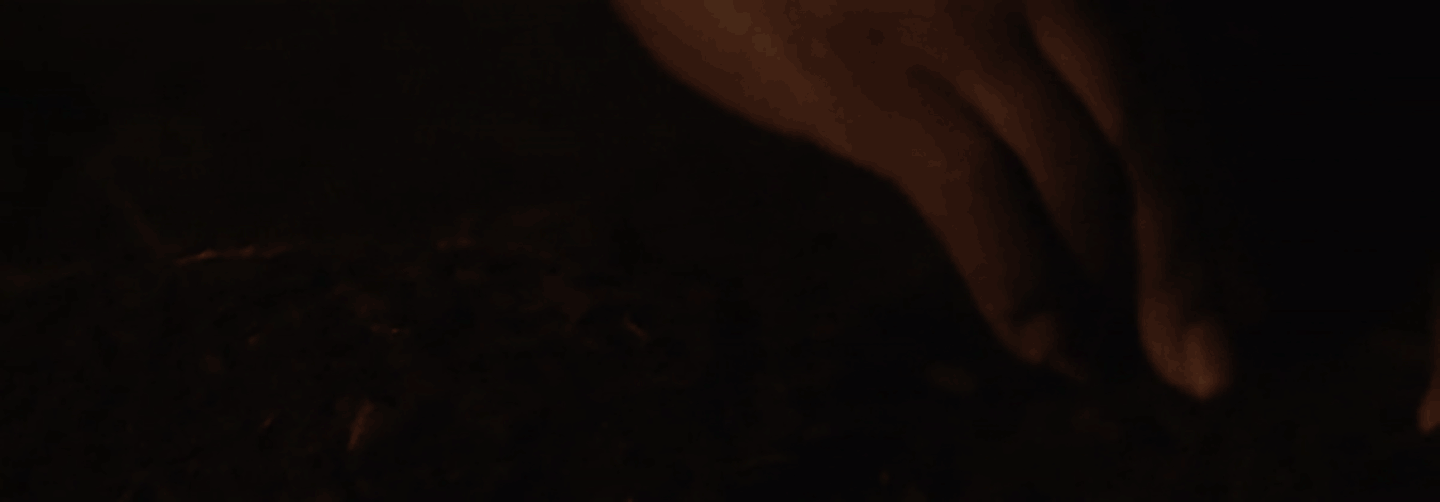

hold, pull, gather, pick, hold, pull, dig, lift, dig, lift, dig, lift, dig, level, sow, cover
47 meters; 3 hours; 2 kilograms.
17 meters; 5 hours, 50 minutes; 1.5 kilograms.
defrost, wait, chop, place, toss, pour, cook, wait, check, cook, stir, wait, dish


defrost, wait, chop, place, toss, pour, cook, wait, check, cook, stir, wait, dish
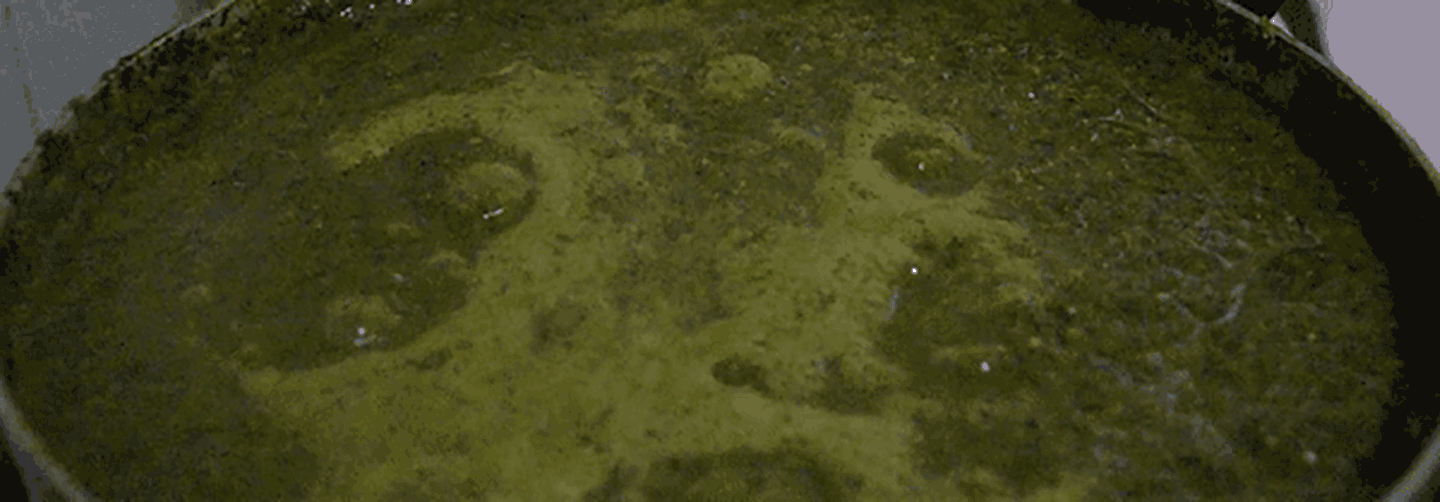

defrost, wait, chop, place, toss, pour, cook, wait, check, cook, stir, wait, dish
17 meters; 5 hours, 50 minutes; 1.5 kilograms.
What are the lengths, times, and efforts that we go through in order to retain, or keep these things; to bring them with us and to us?
9774.7 kilometers; 240 hours, 10 minutes; 82.9+ kilograms.
We go through lengths of 9774.7 km, spend 240 hours and 10 minutes, and sustain 82.9+ kilograms for Seforah’s dried sombe to reach Tantine Blandine, for Ya Patrick to restock Mama Bibiene with kabambale, for Mama Feka to provide Tantine Blandine with provisional cassava leaves as she waits for those from Seforah, and for the ingredients purchased at Mama Isa’s to meet in Tantine Blandine’s favourite sombe dish. We look to drying, salting, and smoking to hold as much of home as we can. The real preserves, however, are the actions and labors of these keepers—Seforah, Tantine Blandine, Mama Feka—who gather, host, deliver, and preserve ingredients and other active keepsakes that enable us to enact parts of our distant homes. Who in doing their bit to “make it by here” are making home here, even though it’s not quite the same. We start to read, see, and understand those of us who are borders away from our countries of birth as agents of our own reality, despite being constituted as beings of the margin, not merely limiting ourselves to marginal conditions but enacting our own sense of place.
What are the lengths, times, and efforts that we go through in order to retain, or keep these things; to bring them with us and to us?
9774.7 kilometers; 240 hours, 10 minutes; 82.9+ kilograms.
Kenya Market, Lubumbashi (French).
Cassava leaves (Swahili).
Roselle leaves (Lingala).
Dried saithe or pollock (Swahili).
Smoked Fish (Swahili).
Aunt (French).
Big brother or big sister (Lingala).
In Joburg (Swahili).
In South, i.e. in South Africa (Swahili/French).
Motorbike (French).
Fish (Swahili).
“You have to deal with it” (Swahili).
Dried anchovies (Swahili).
Yeoville Market is called Gambela by some Congolese locals, after the market in Kinshasa of the same name.
Smoked fish (Swahili).
African eggplant.
Palm oil.
Survivance is a collaboration between the Solomon R. Guggenheim Museum and e-flux Architecture.
